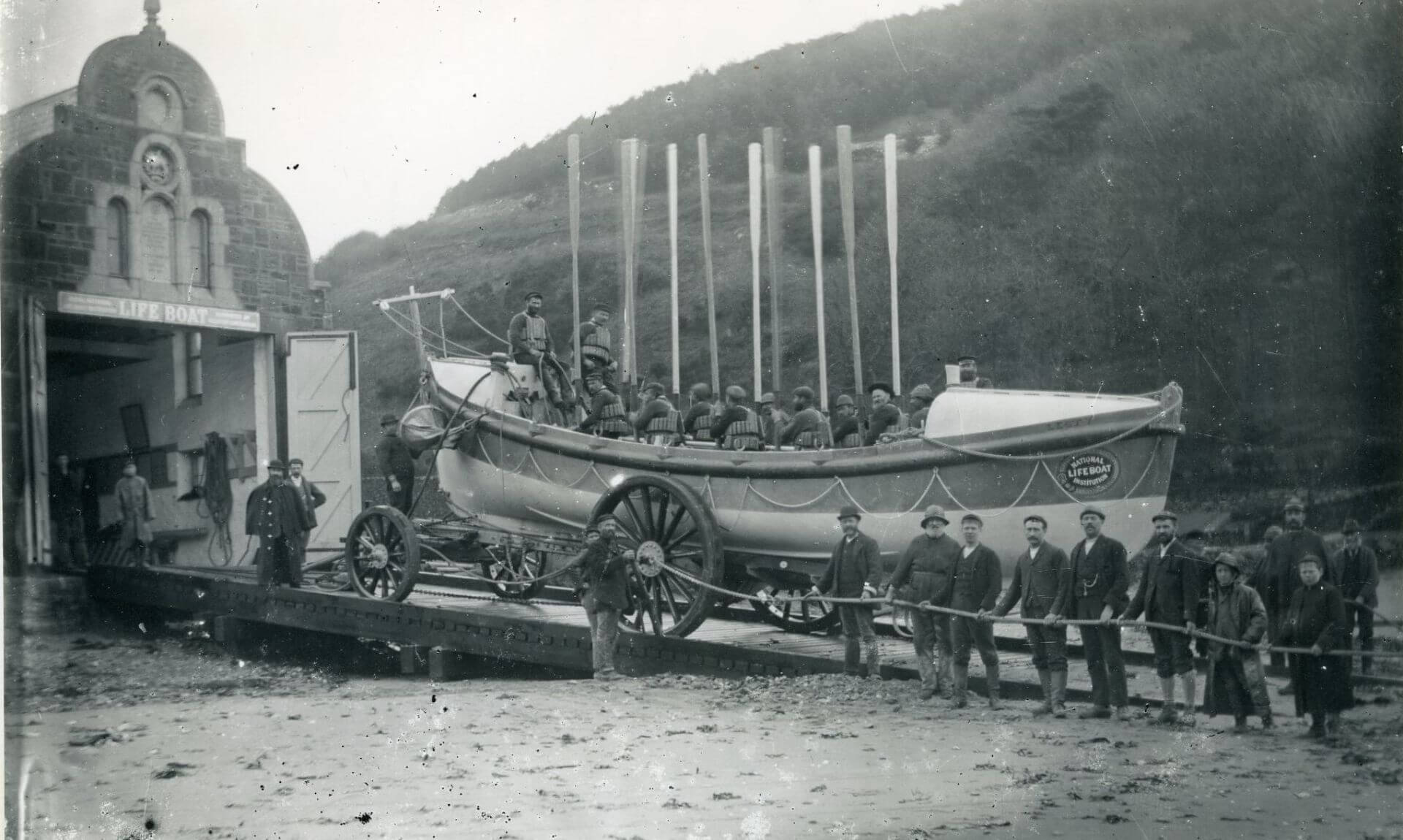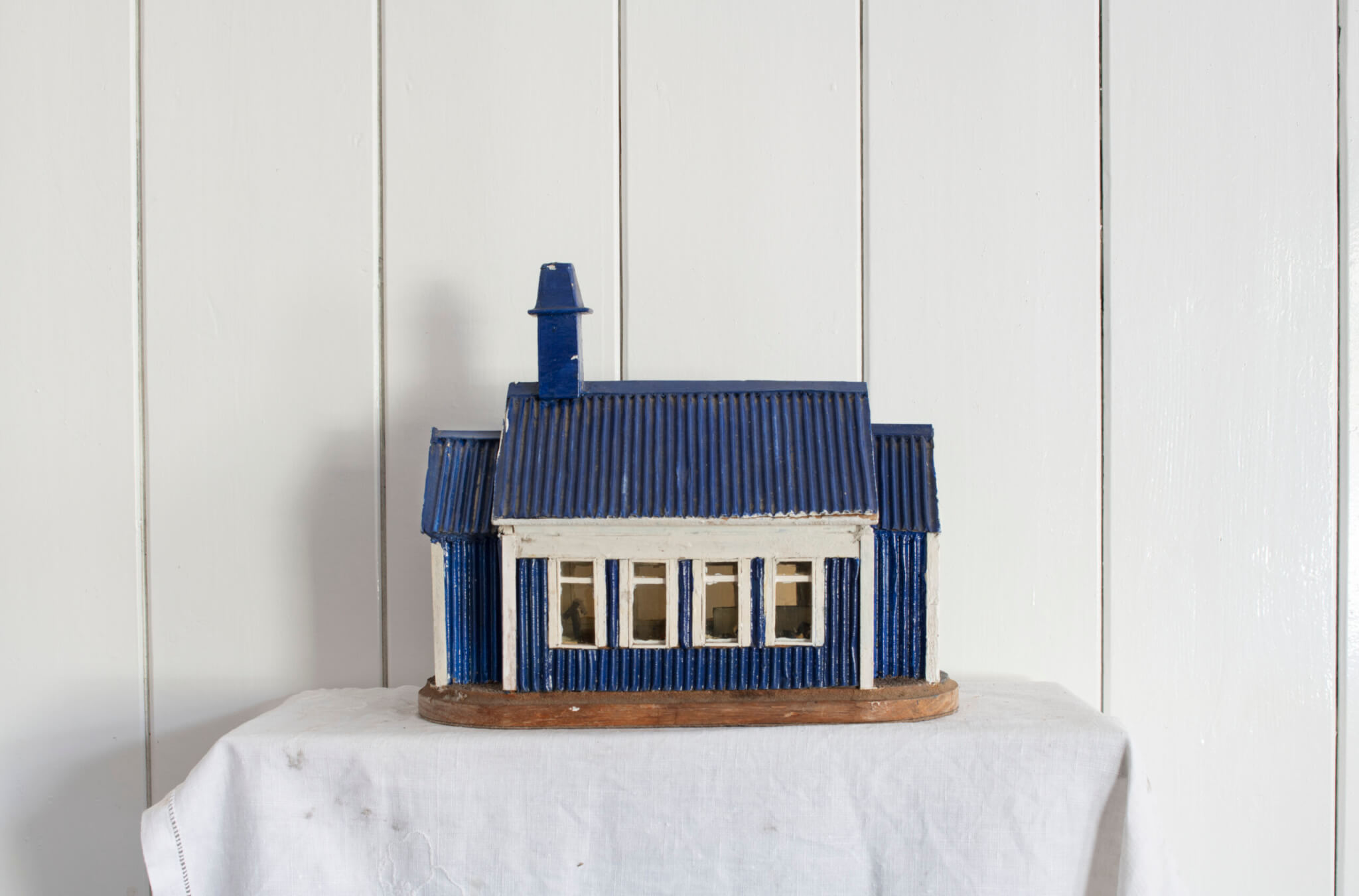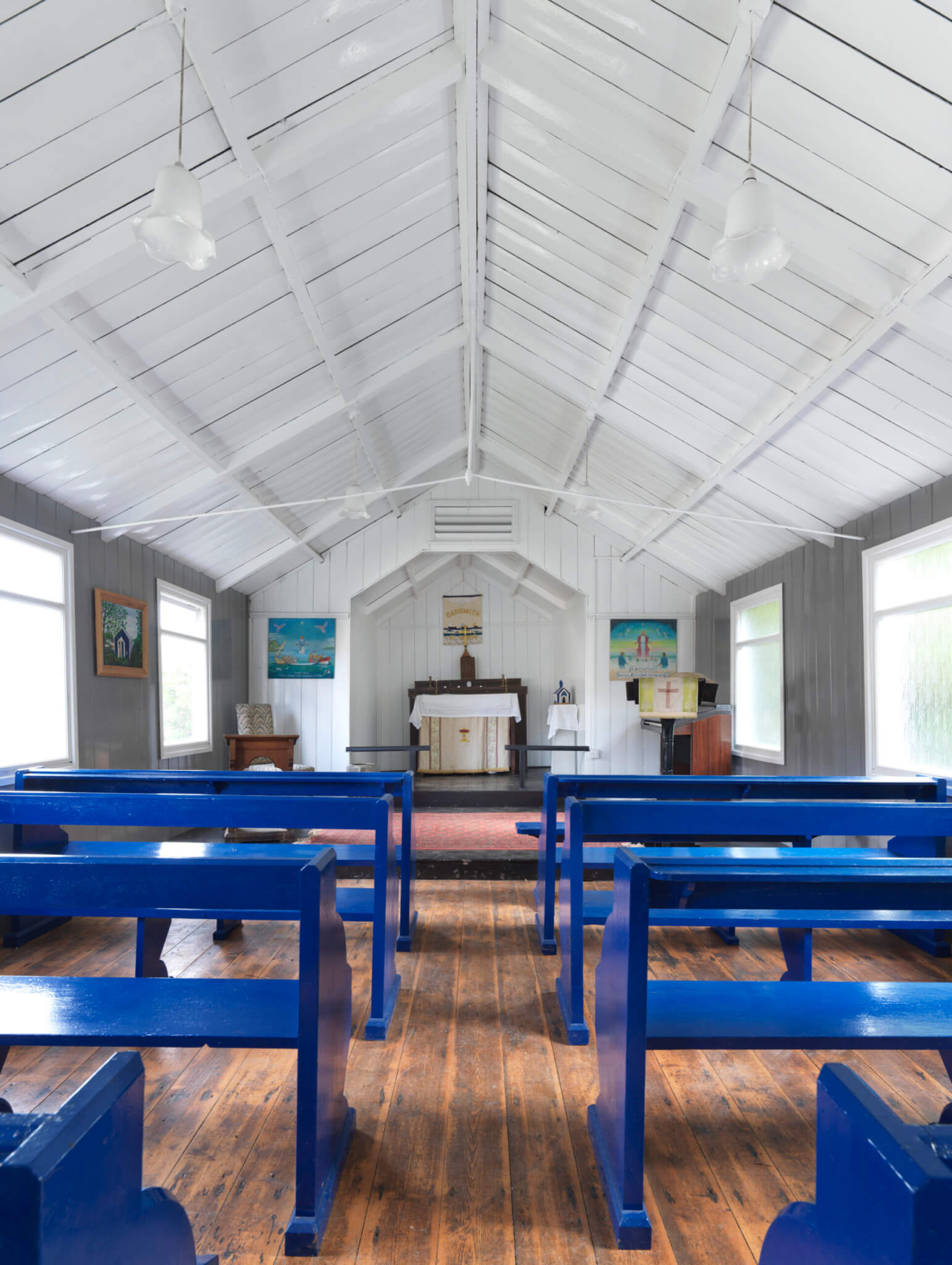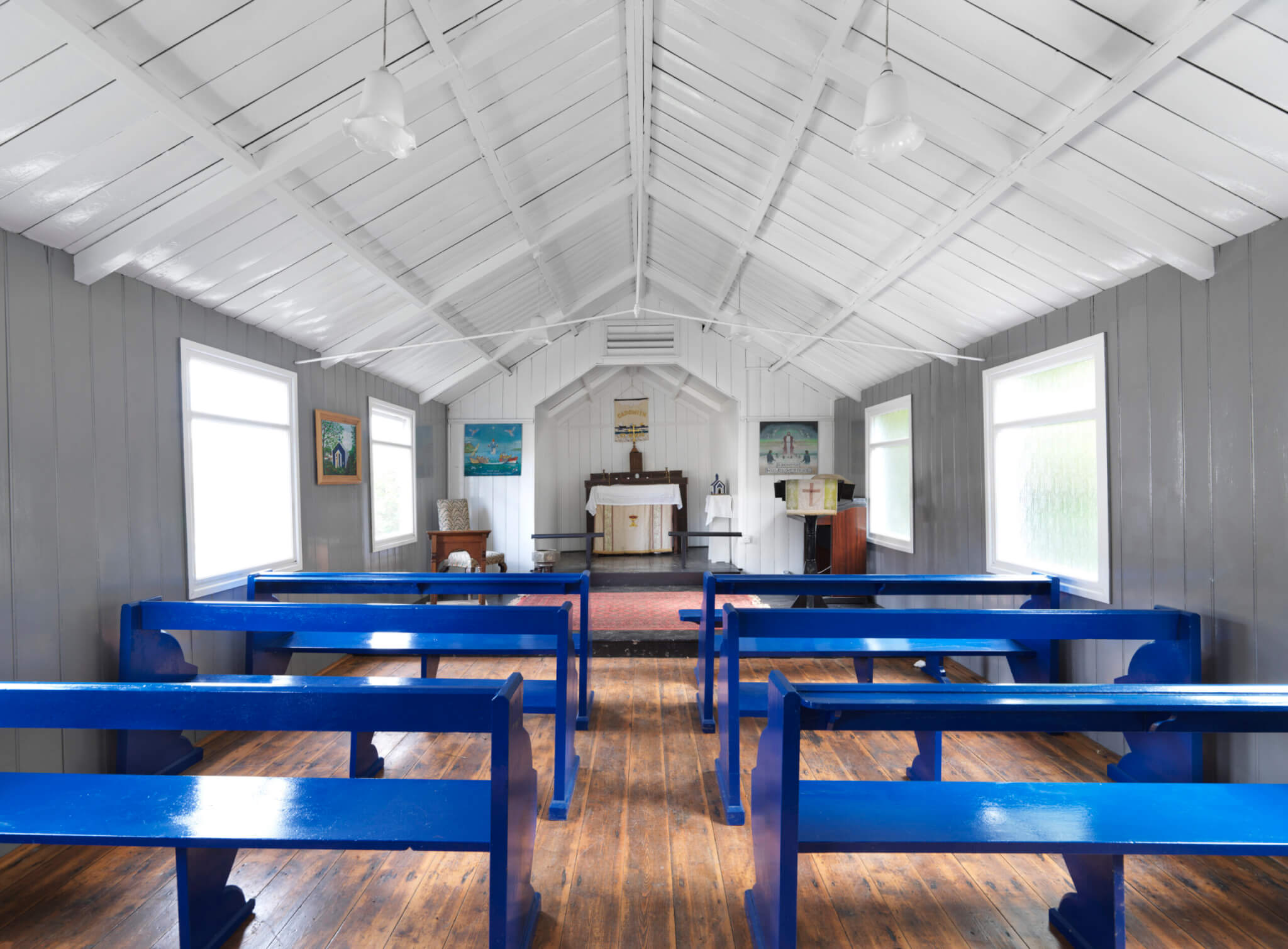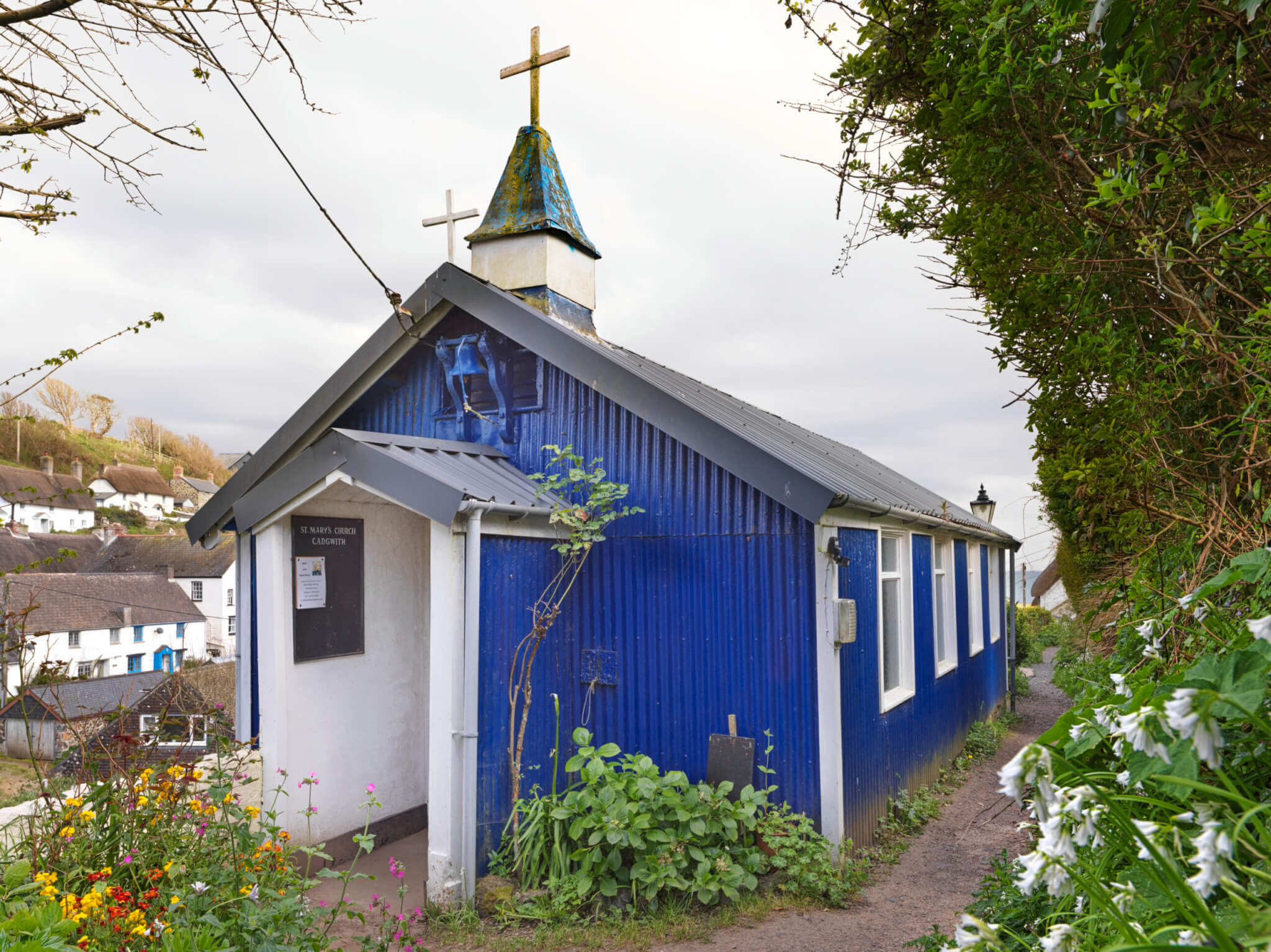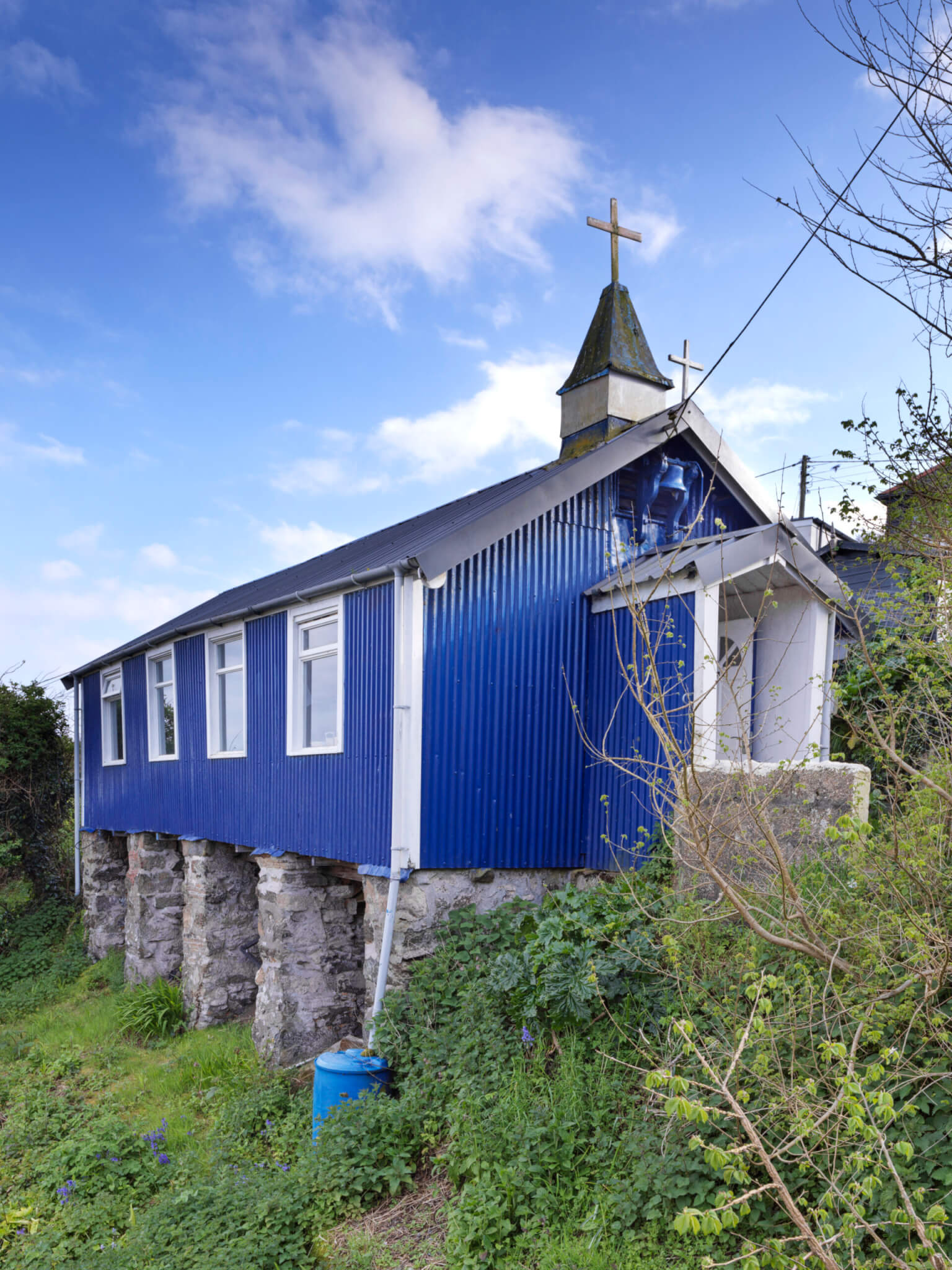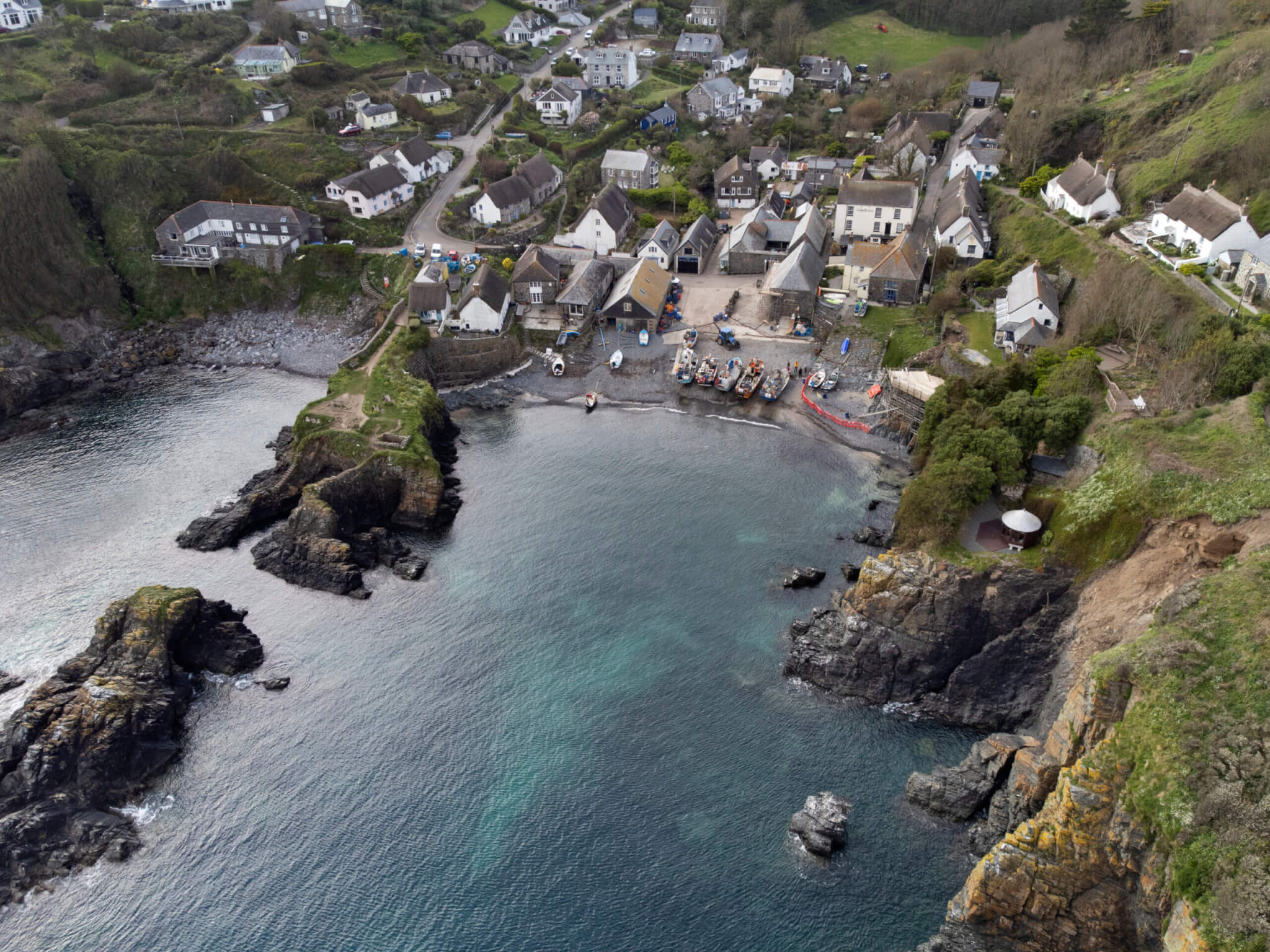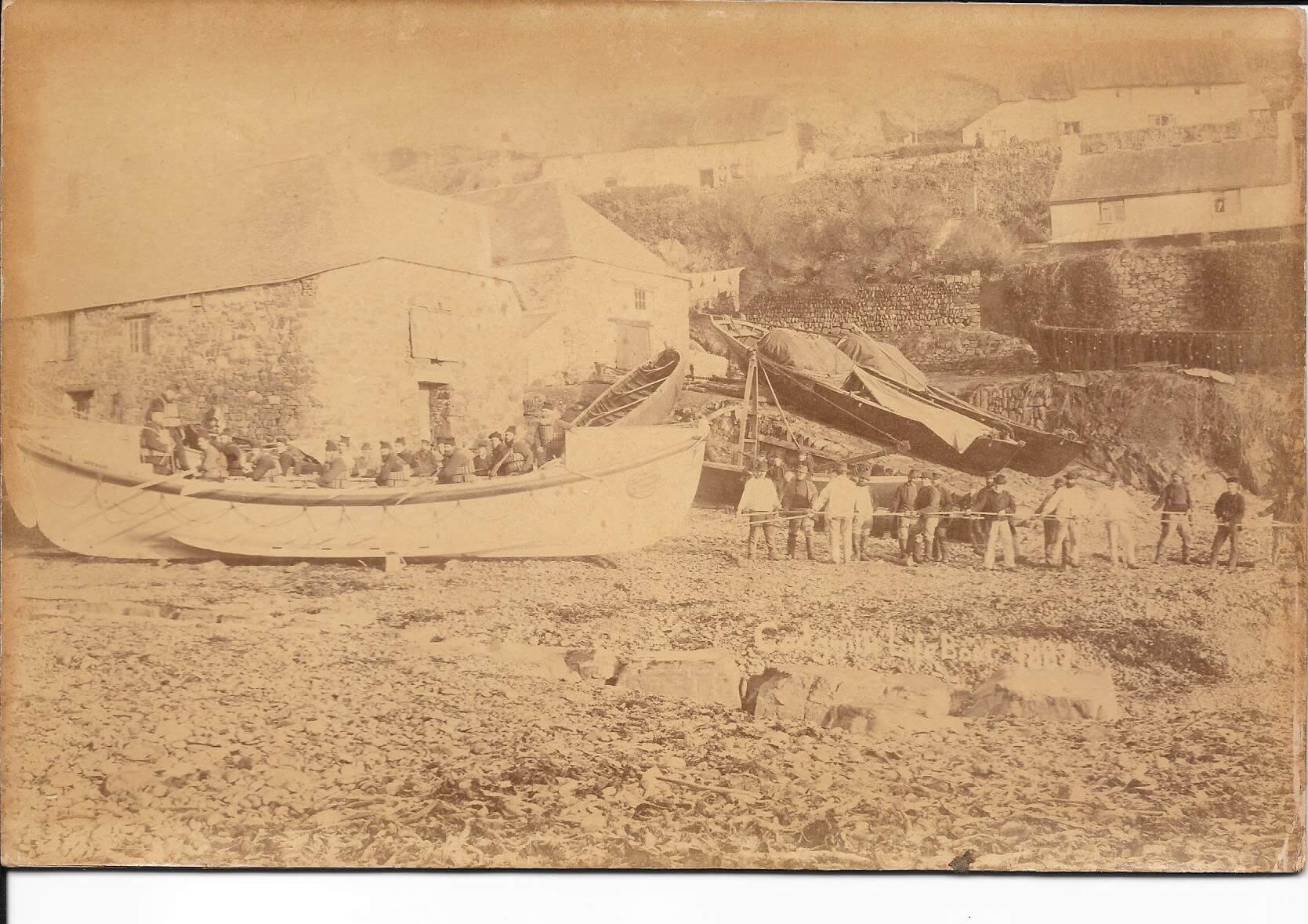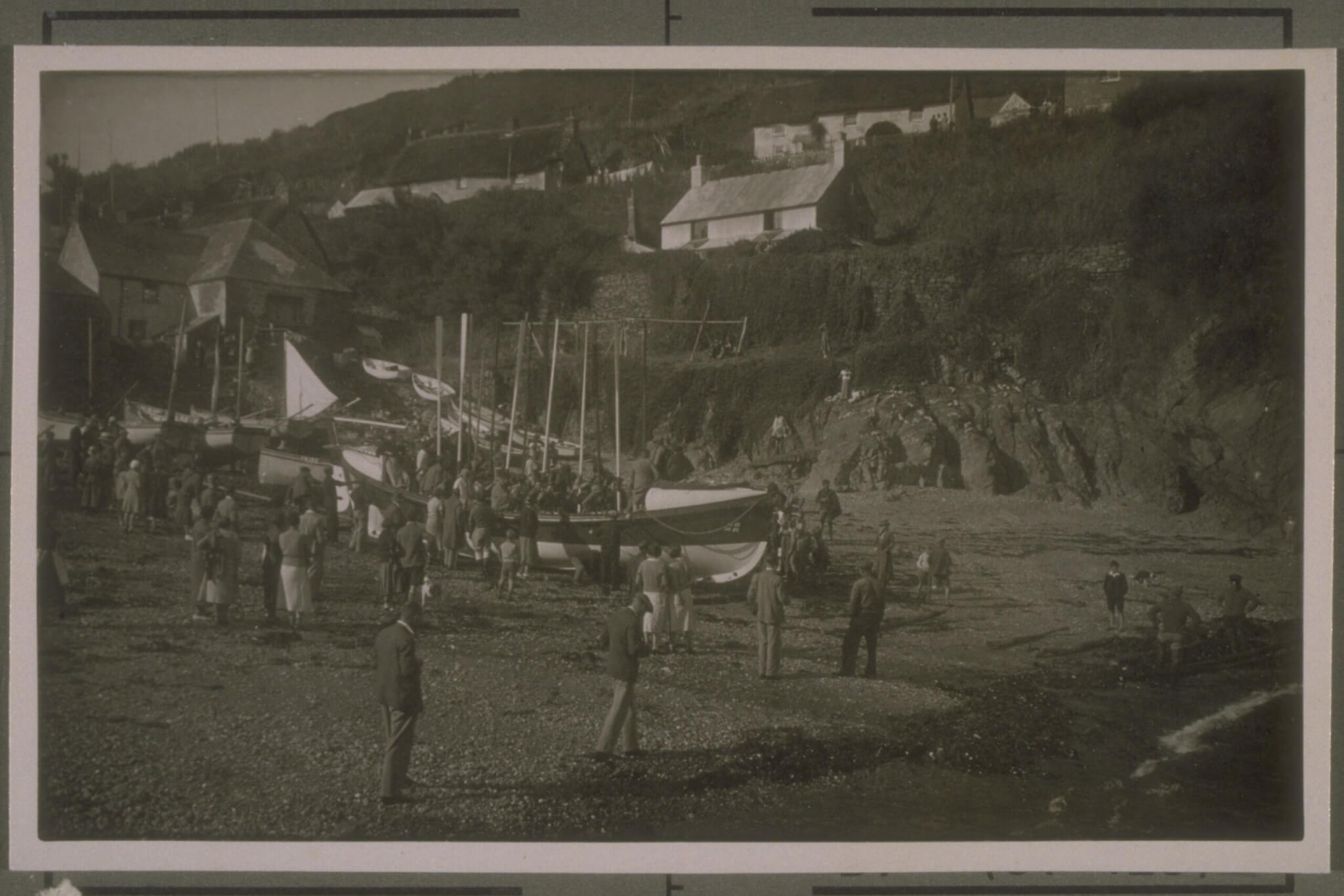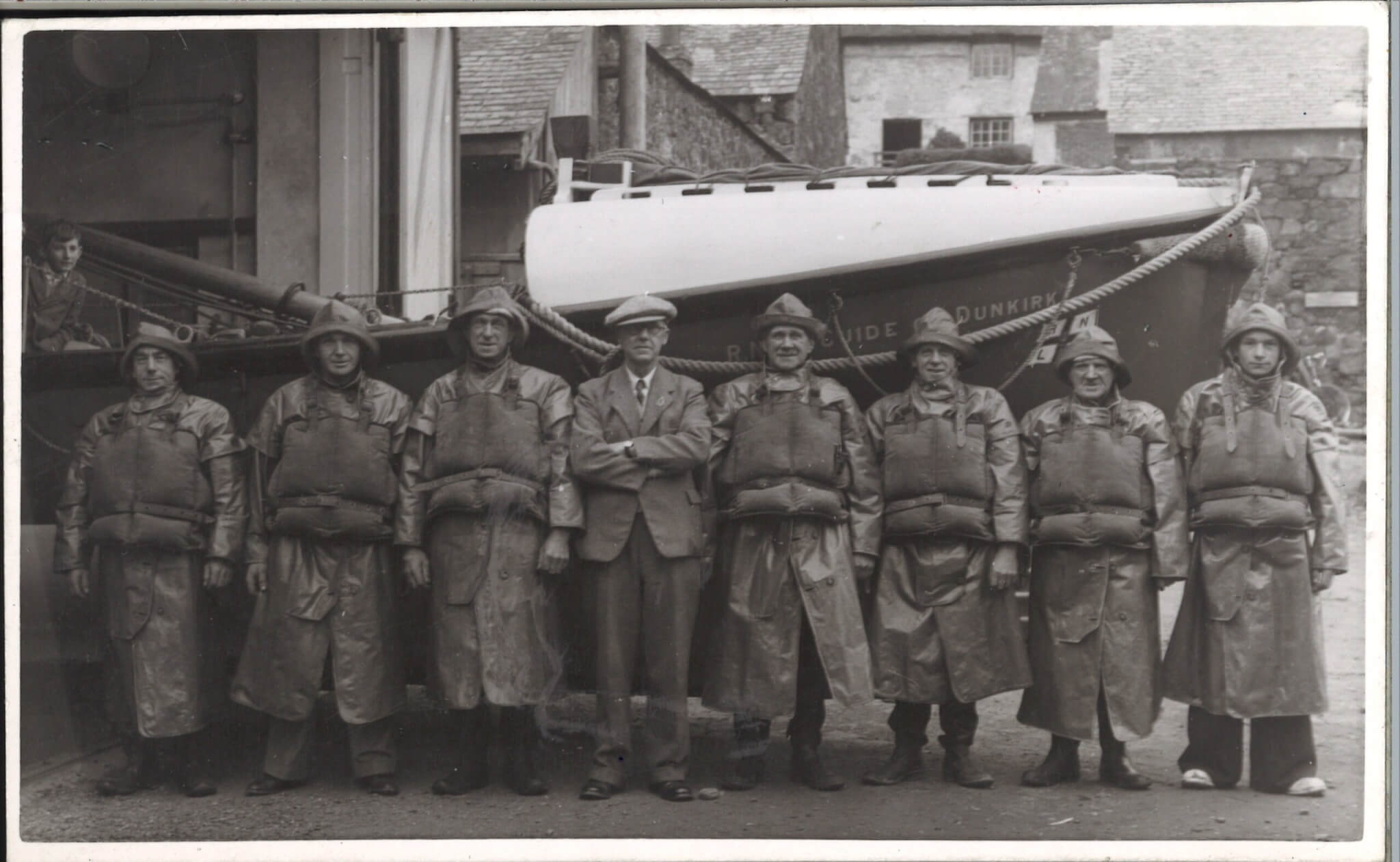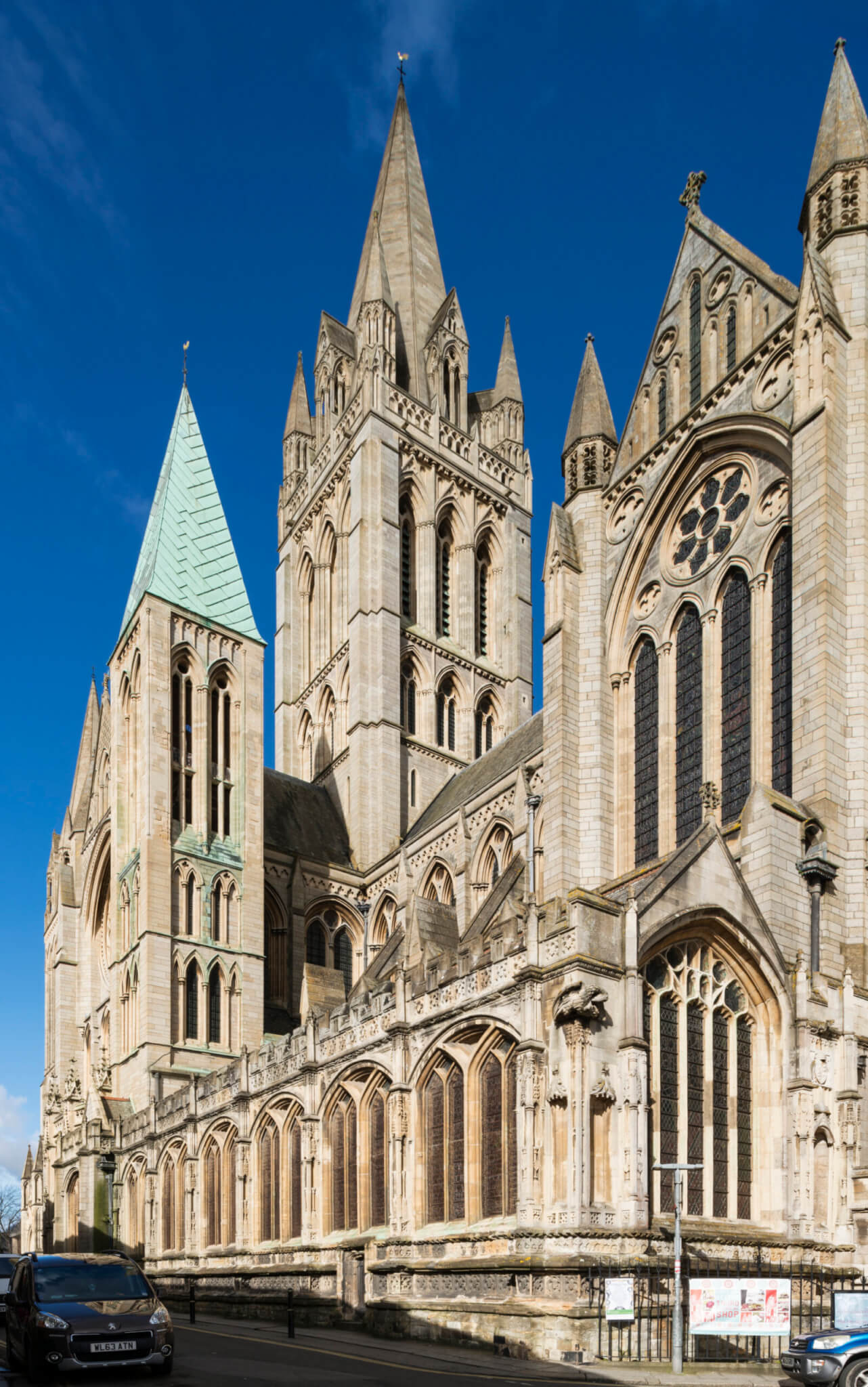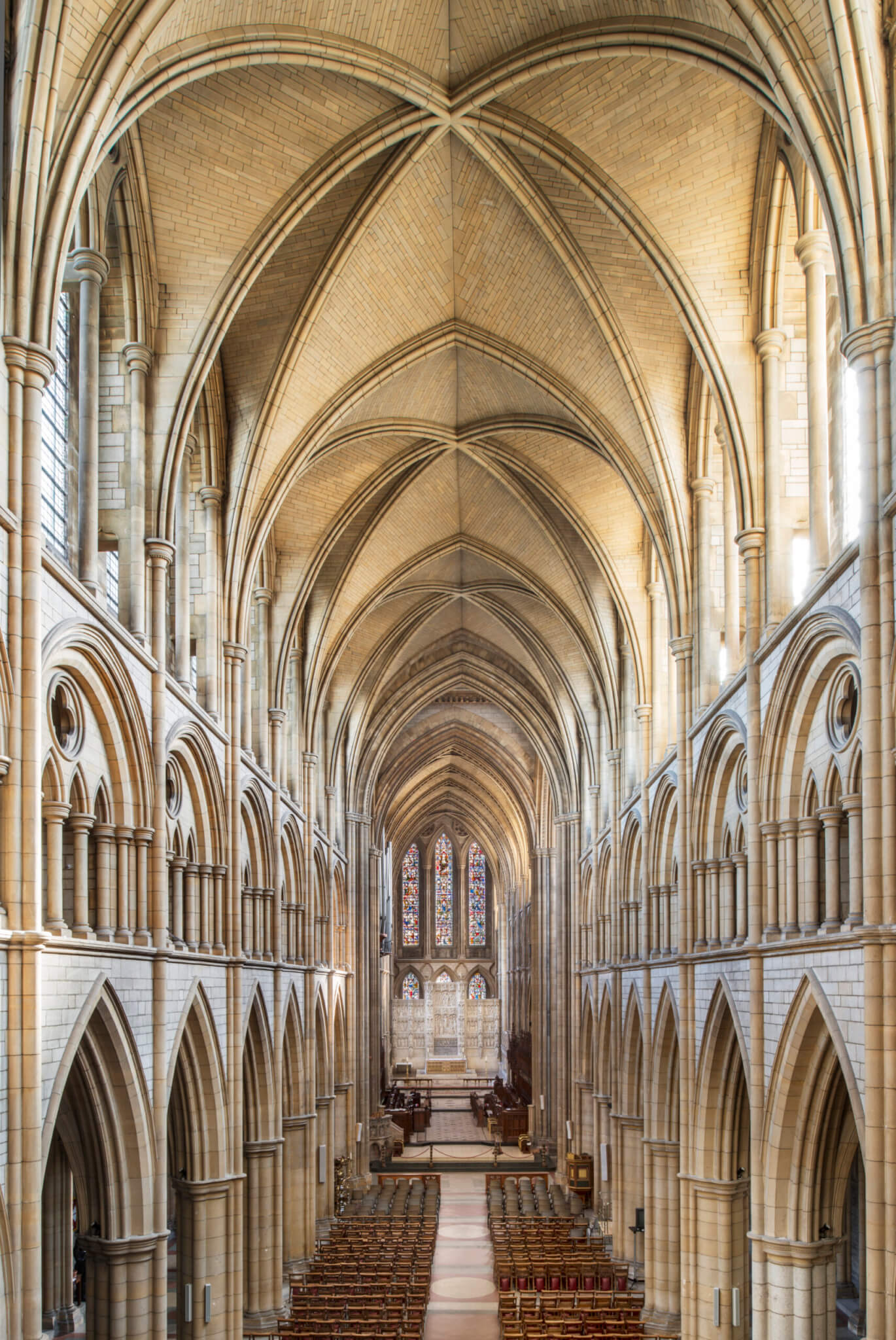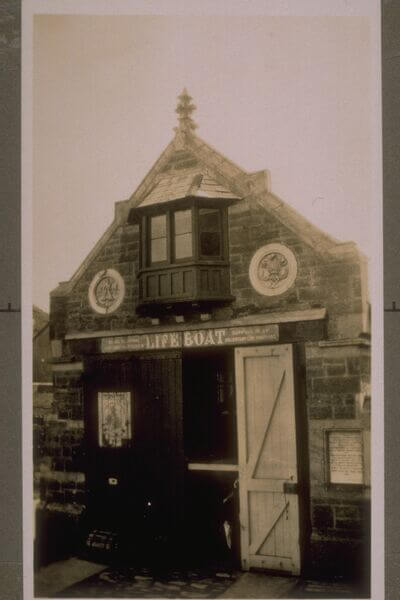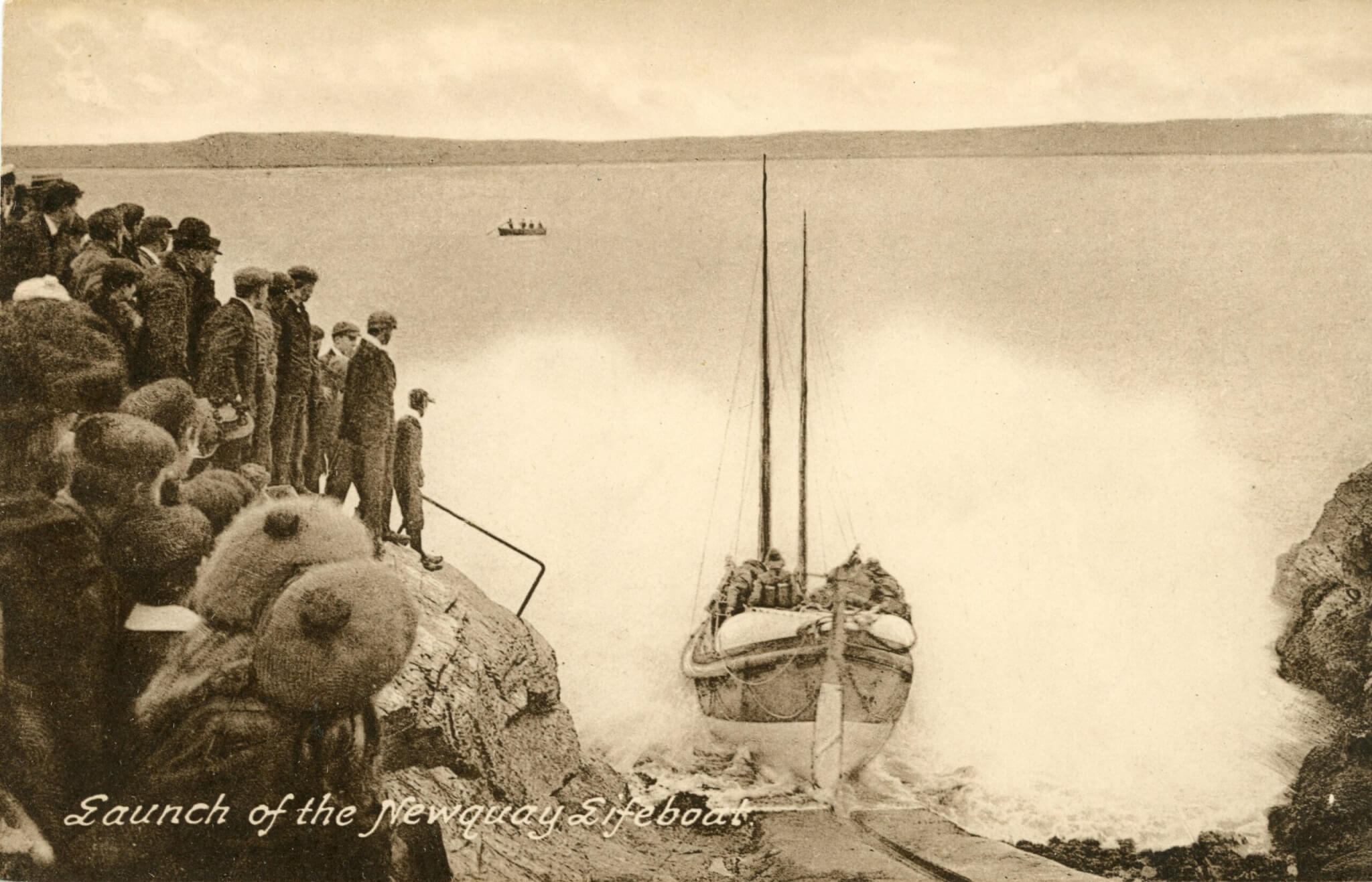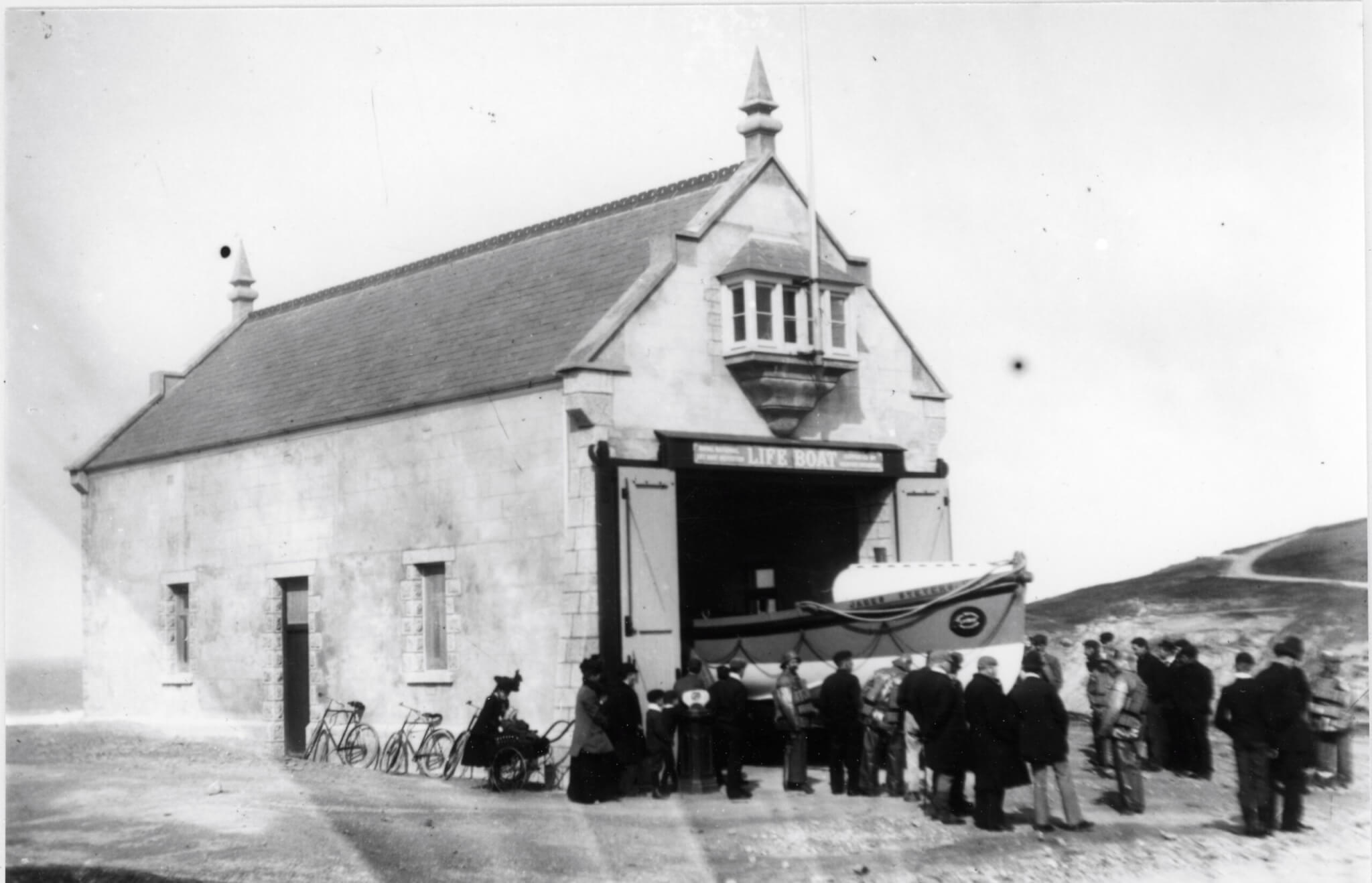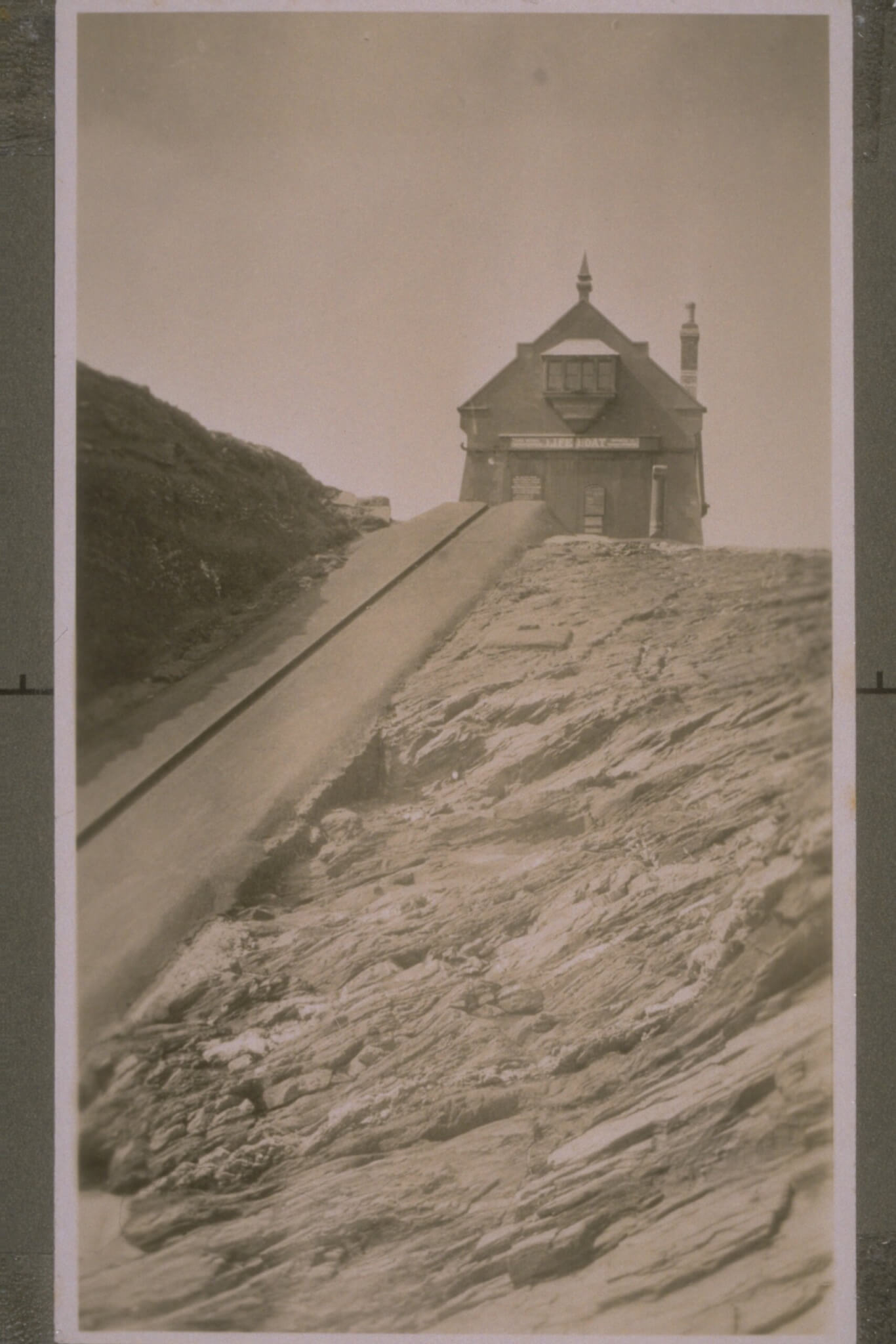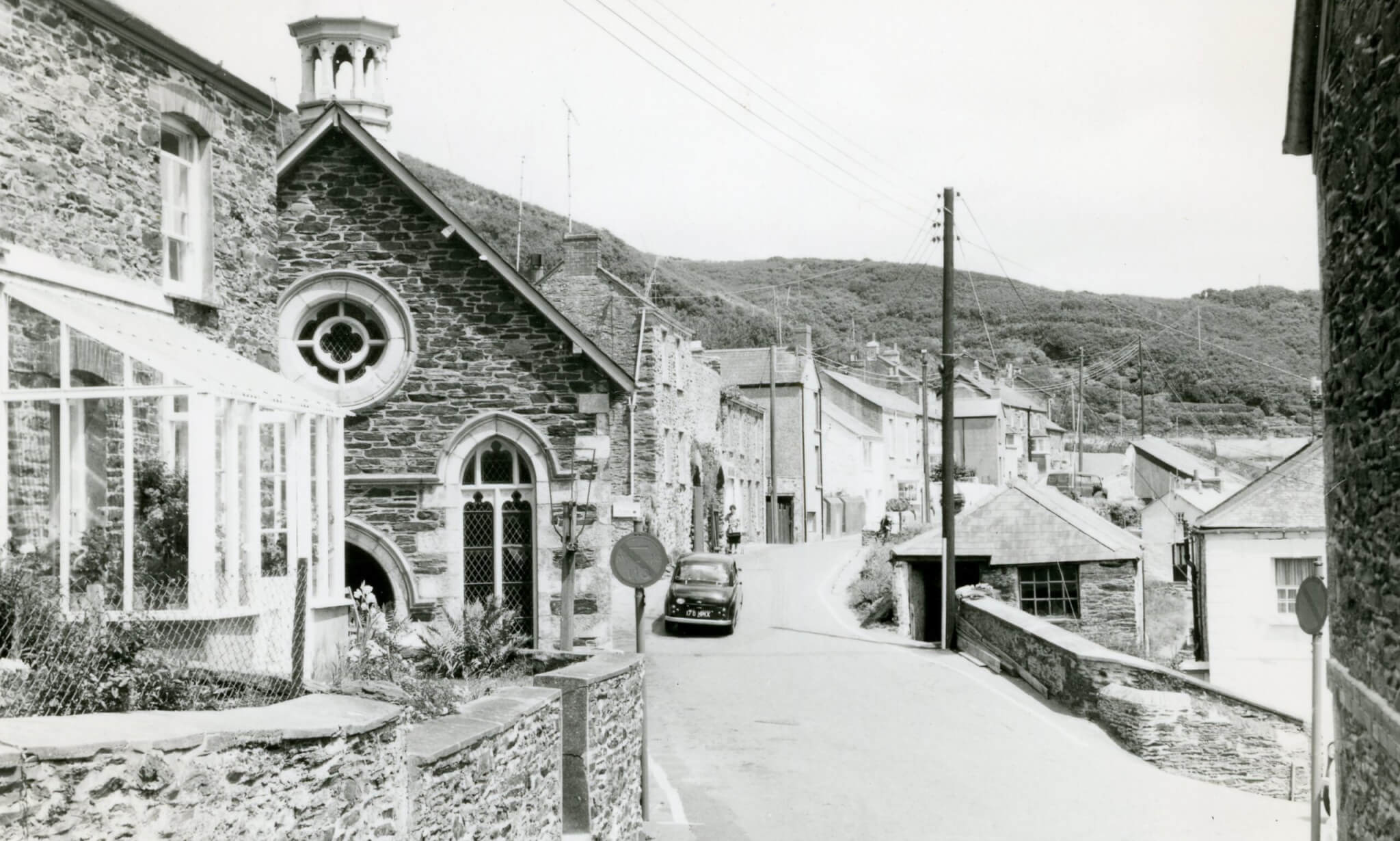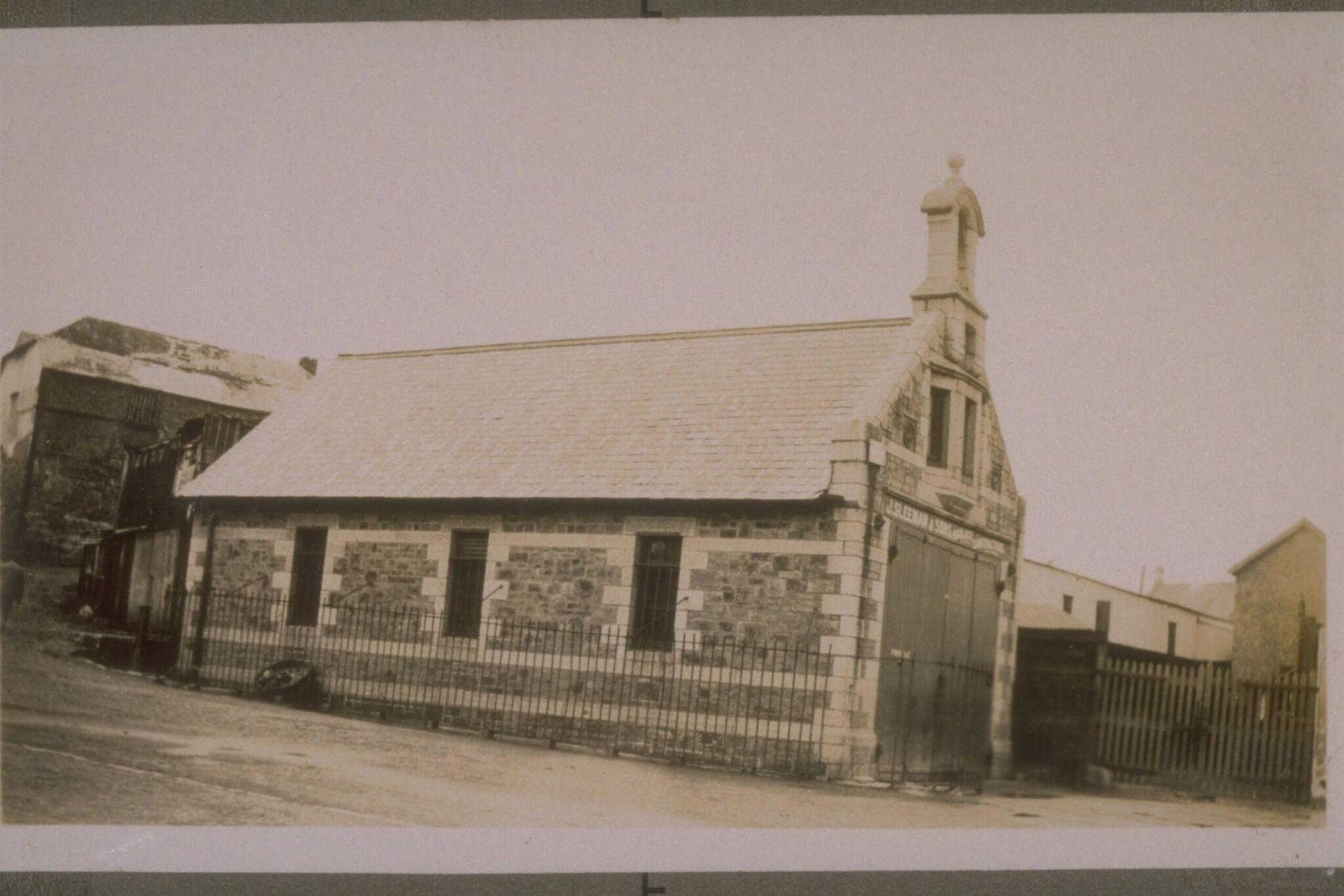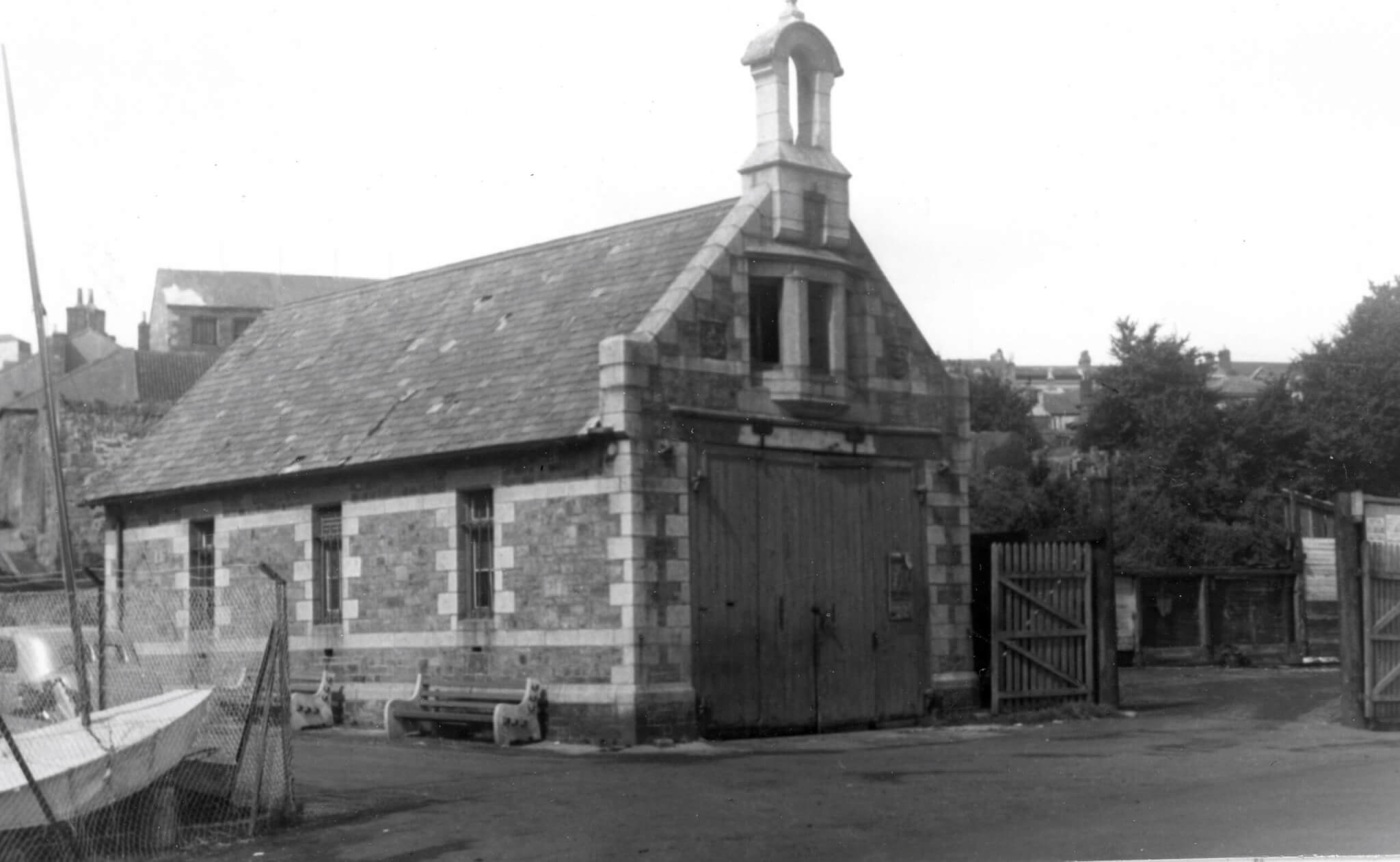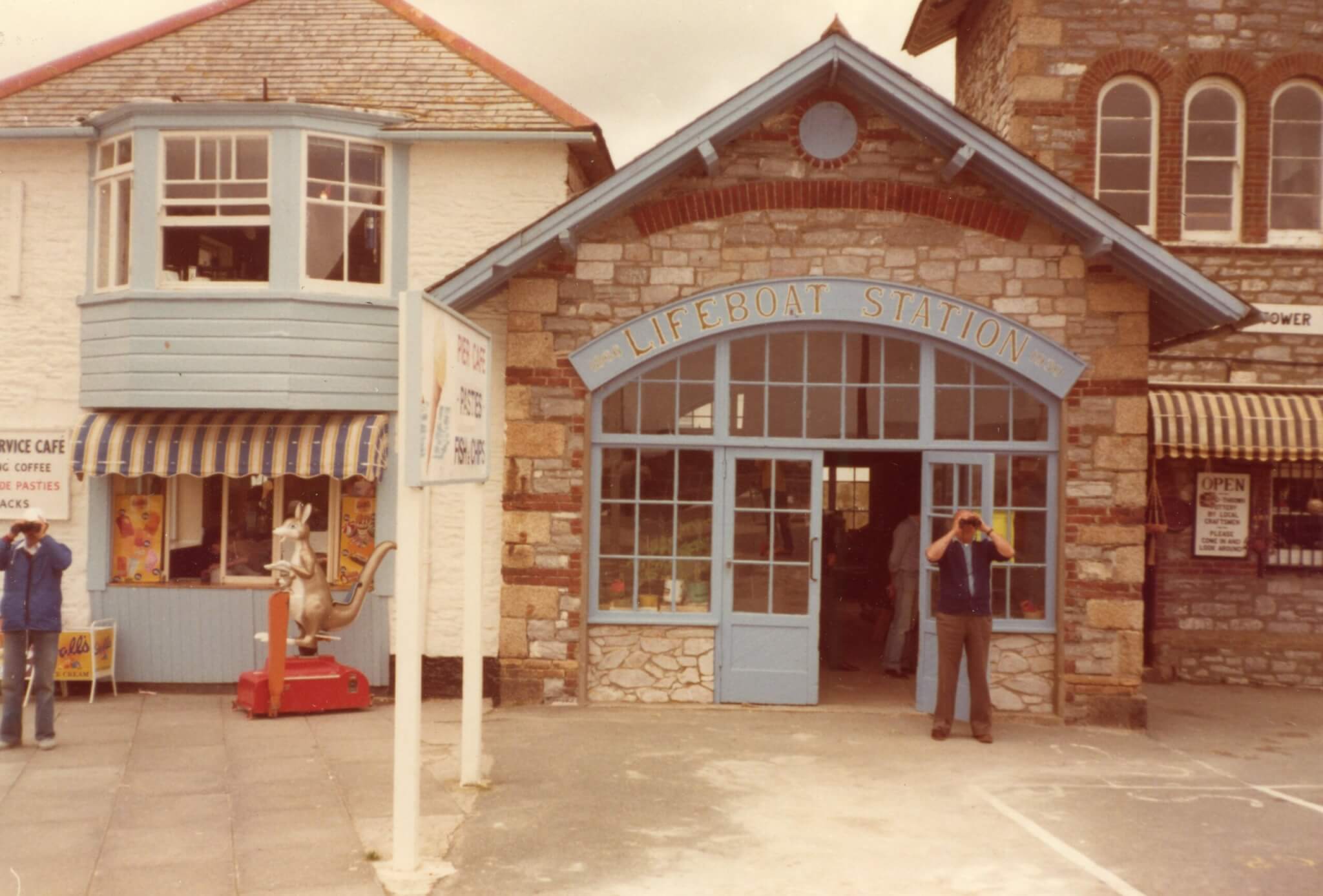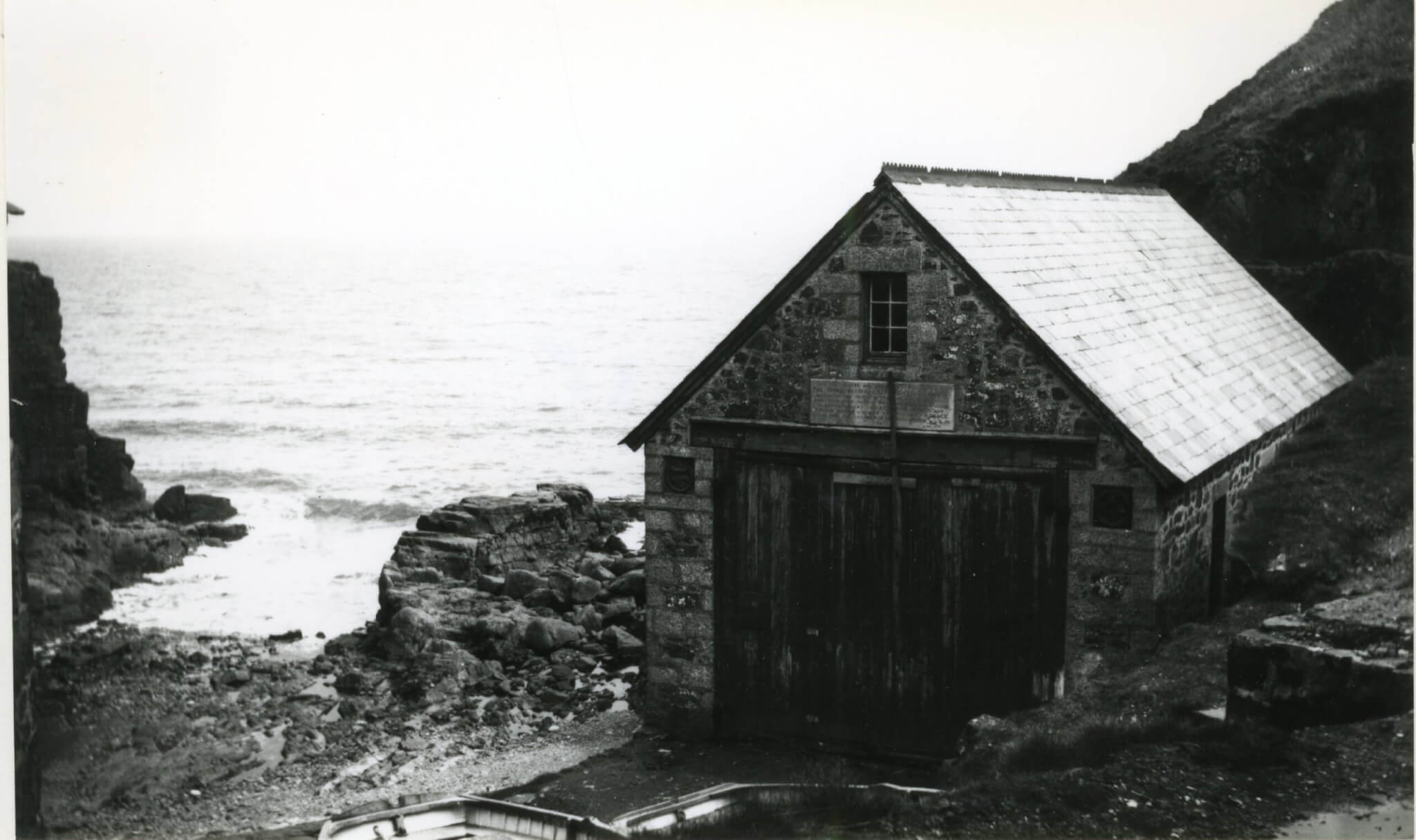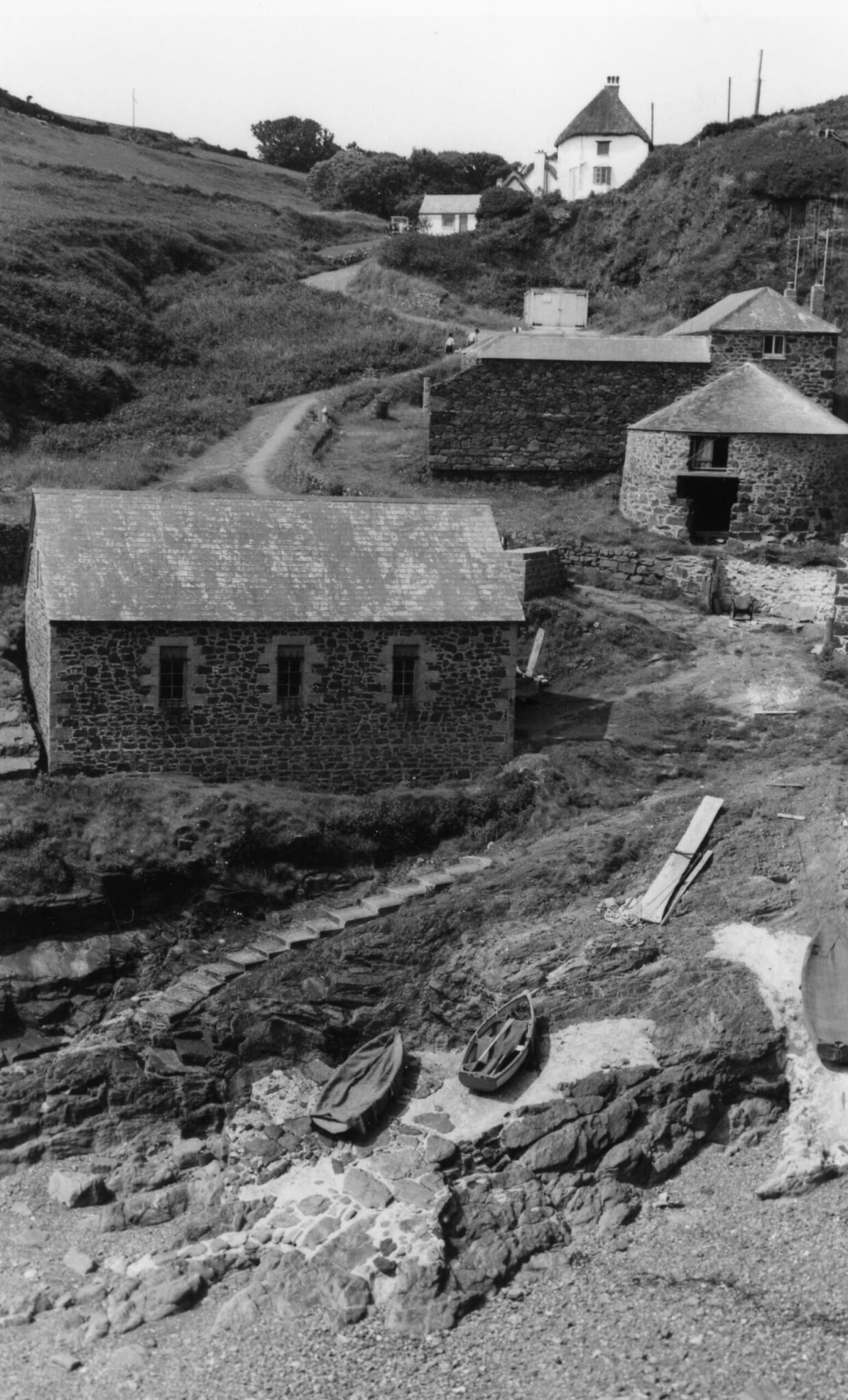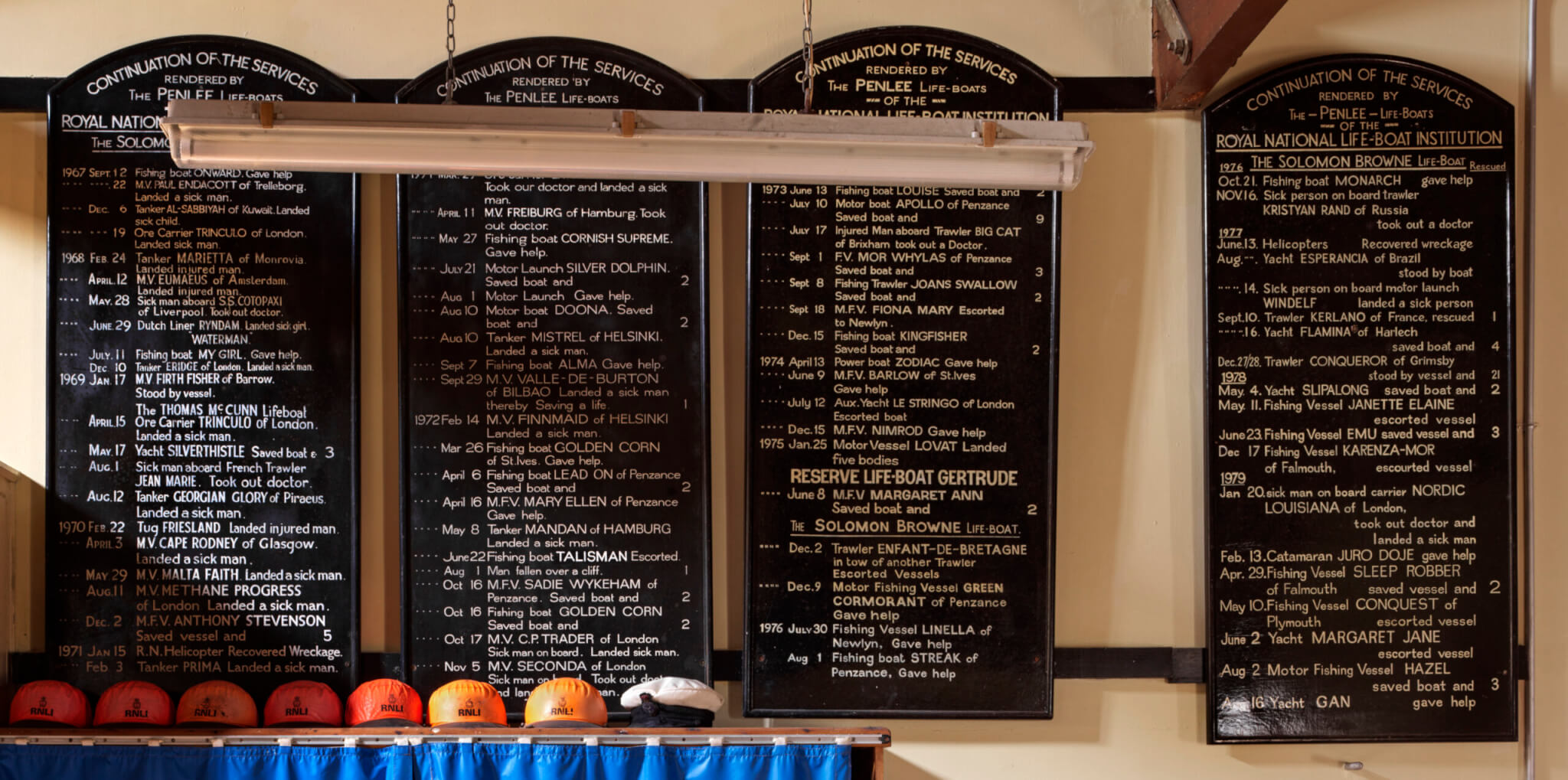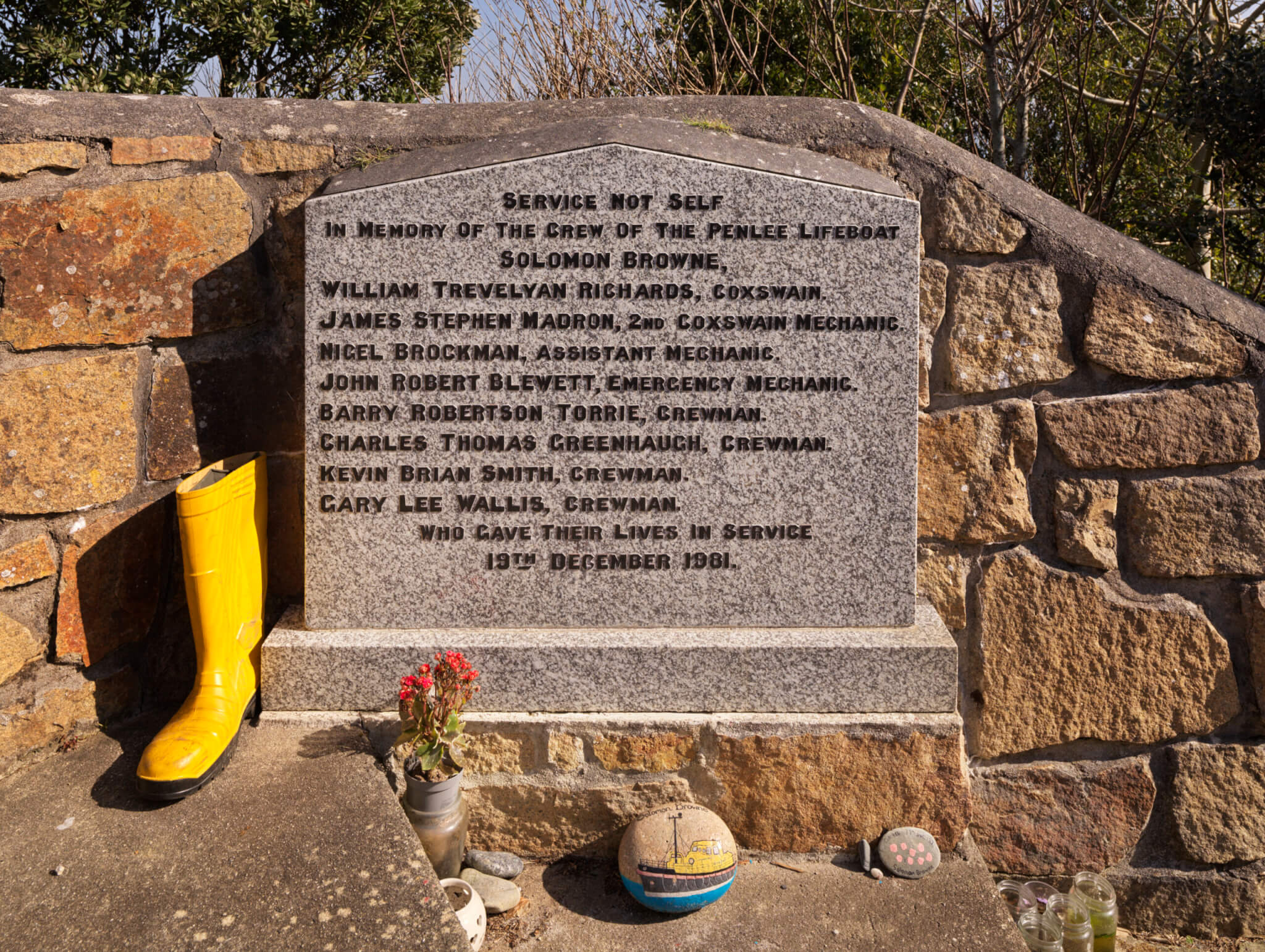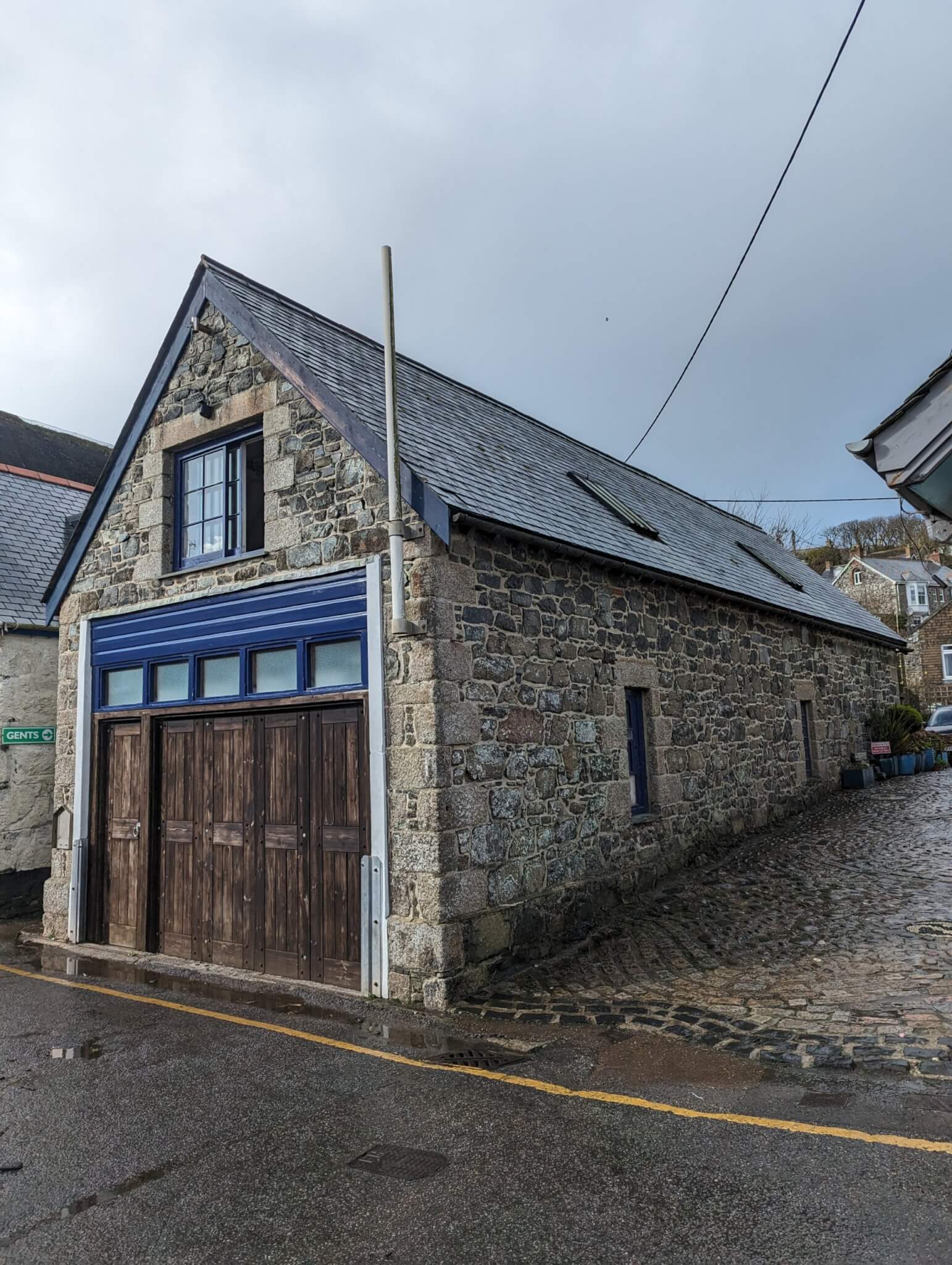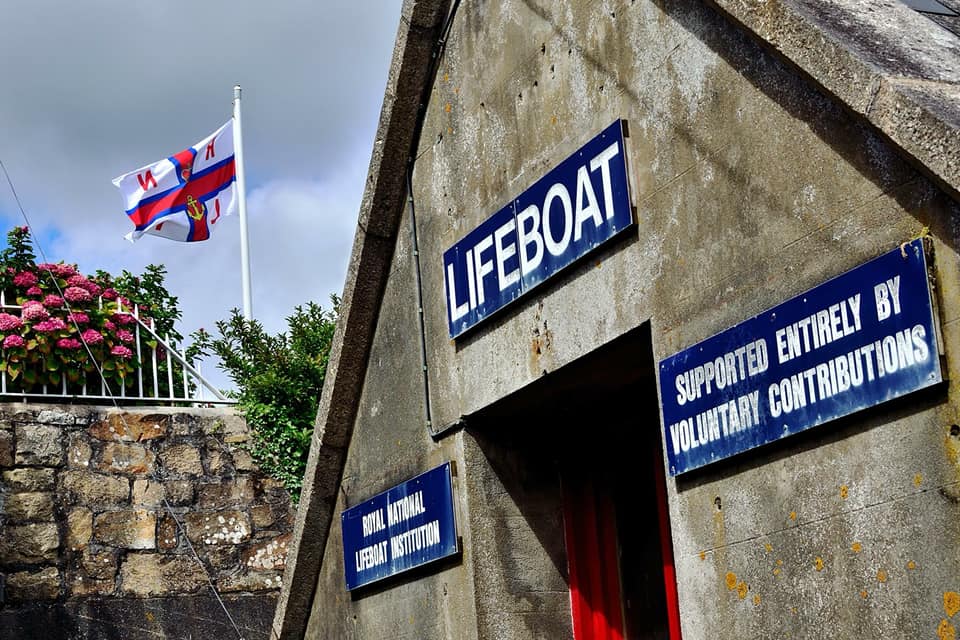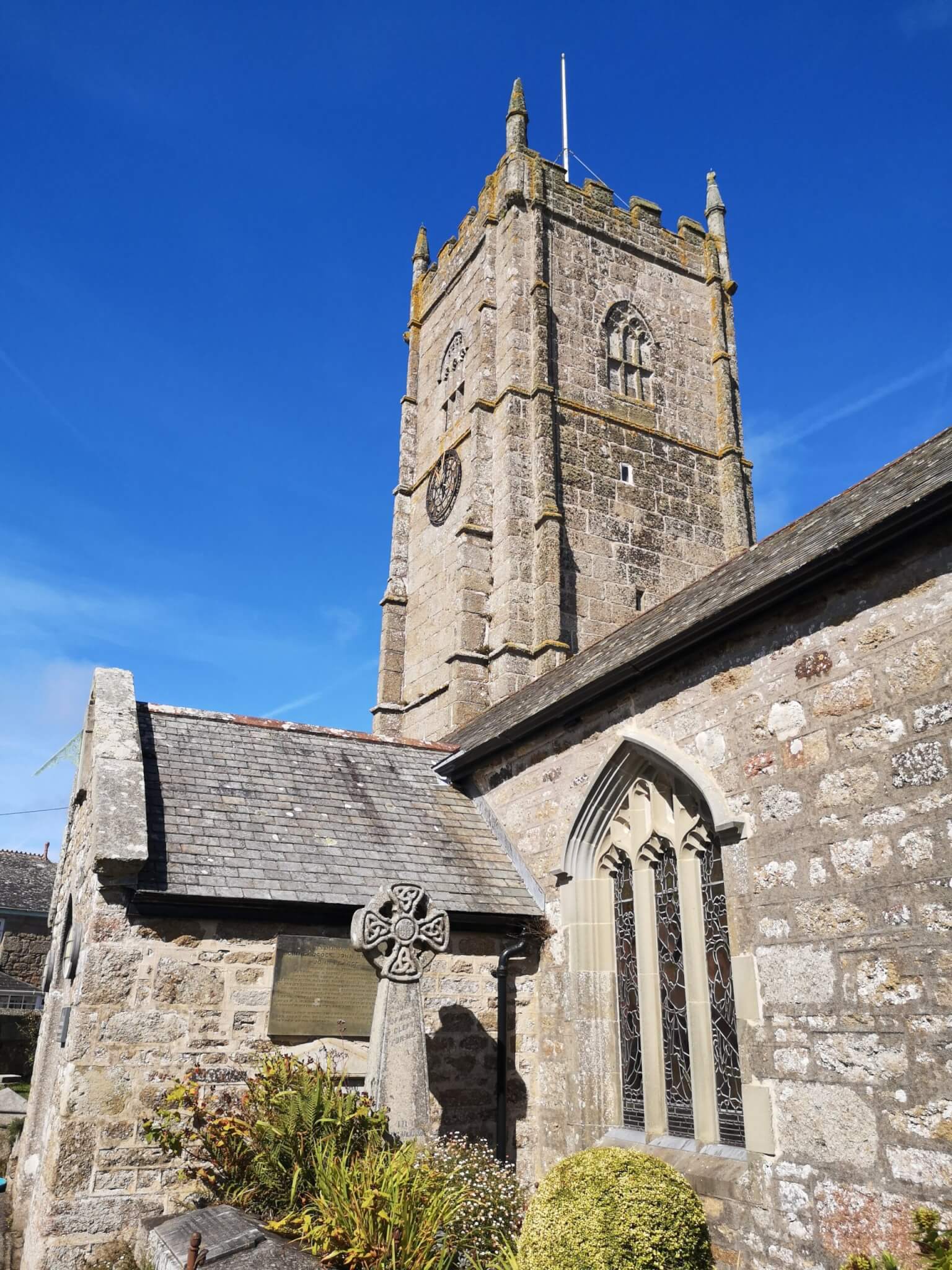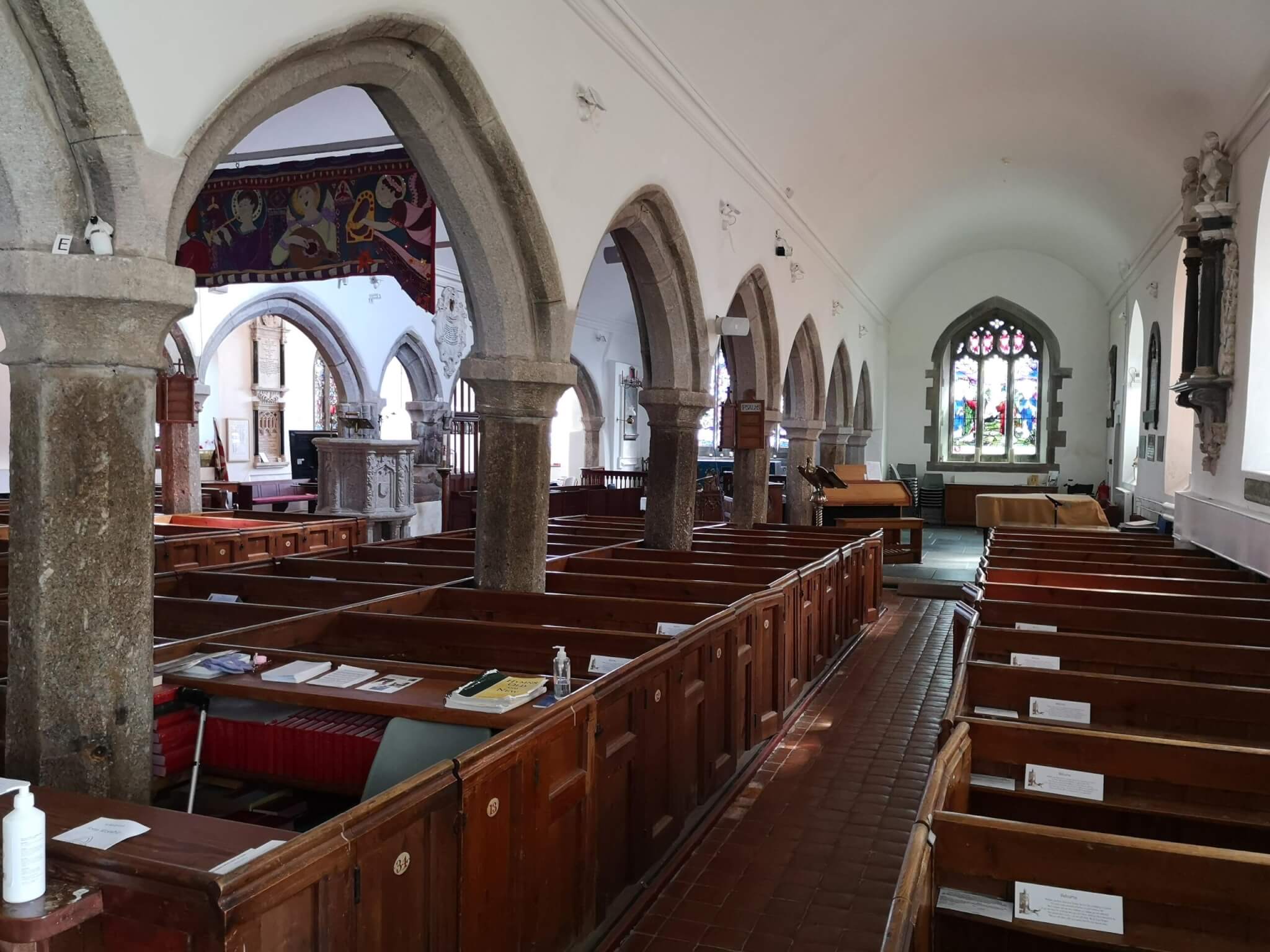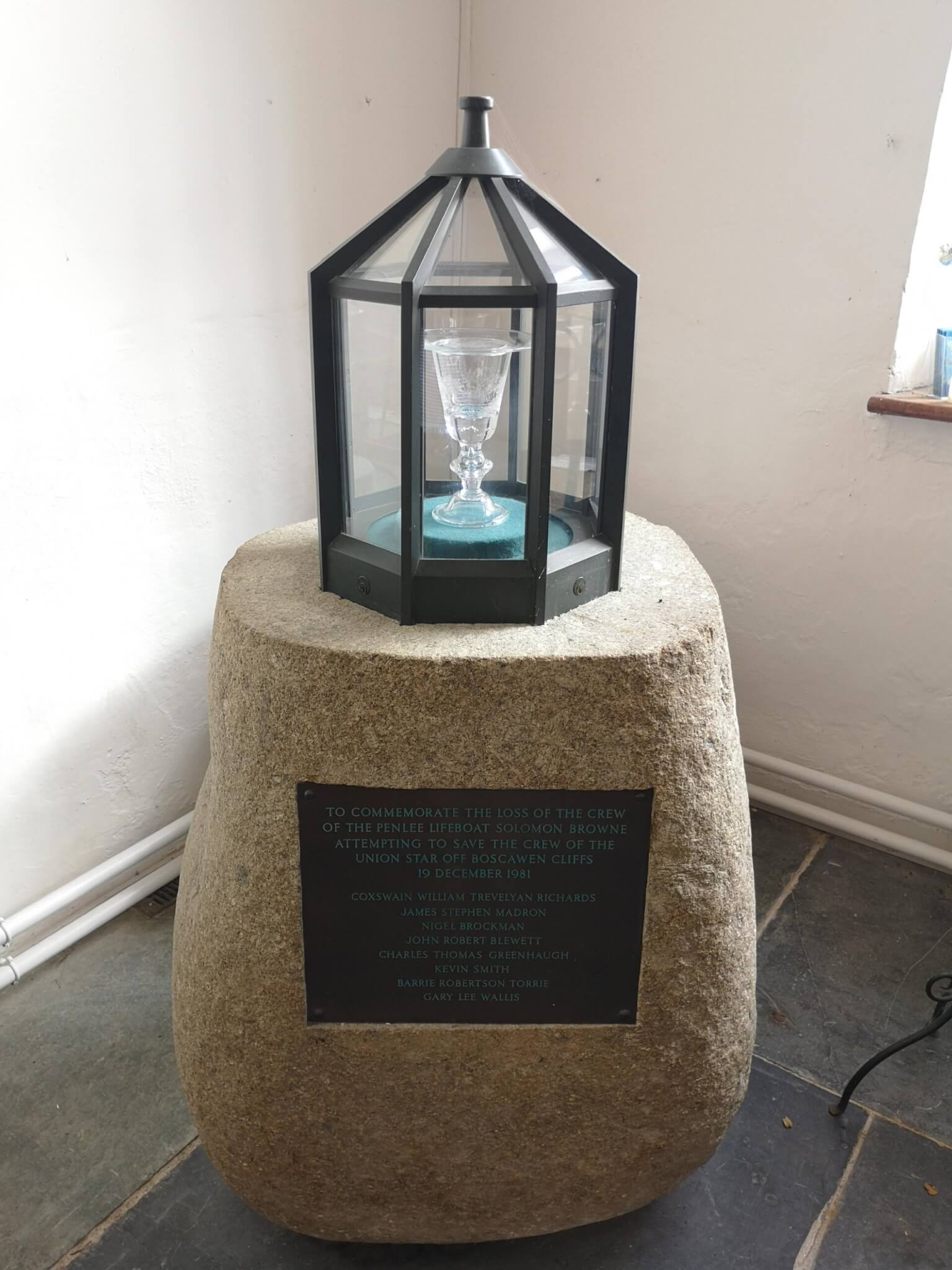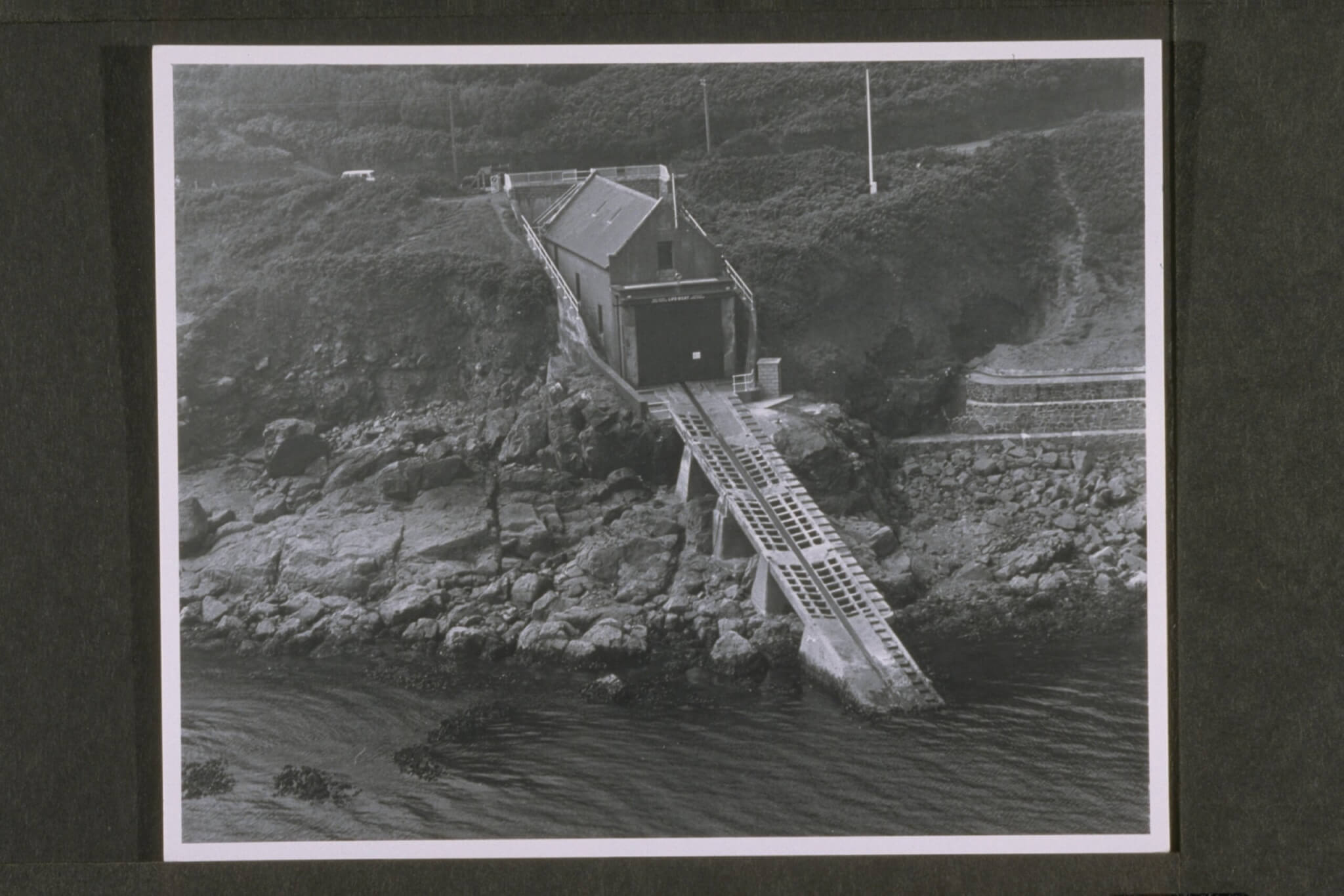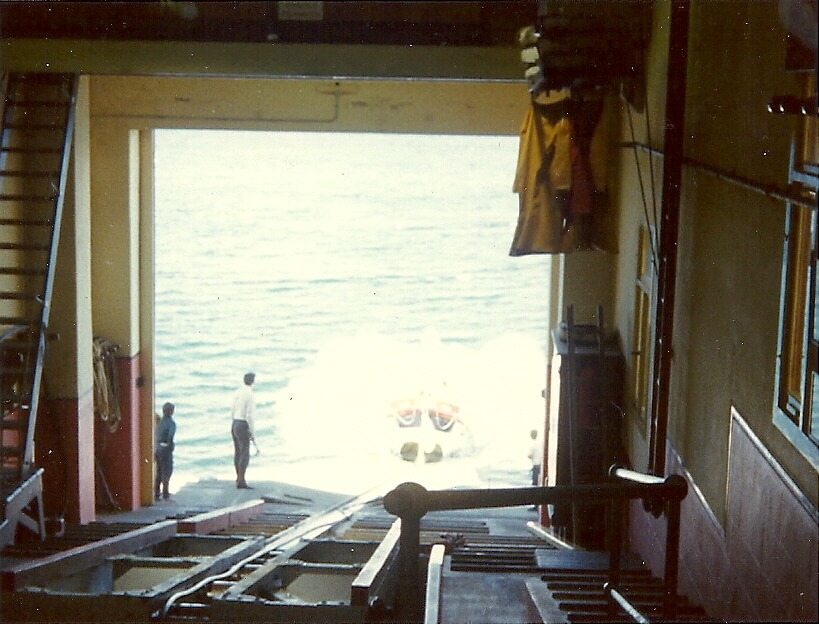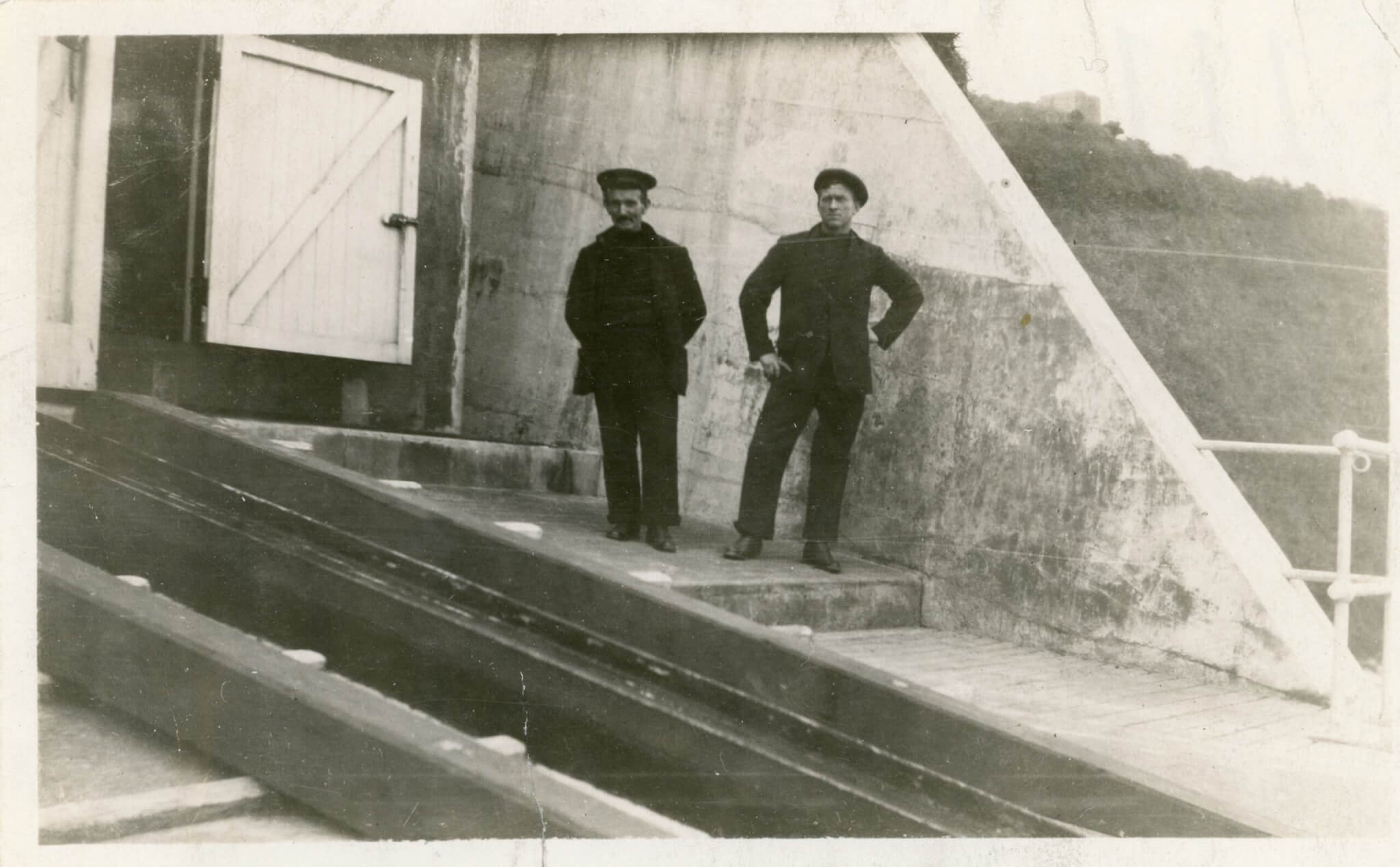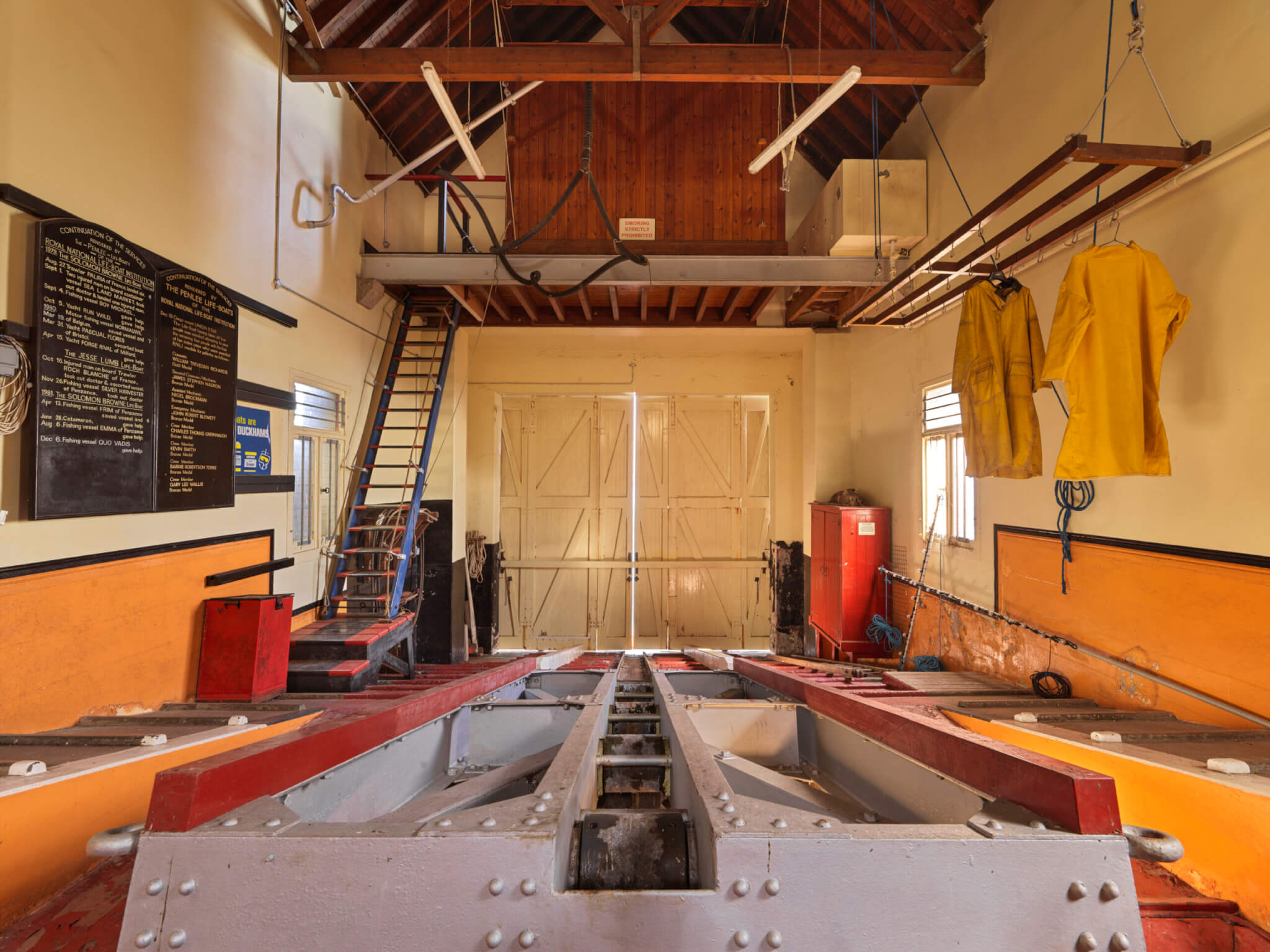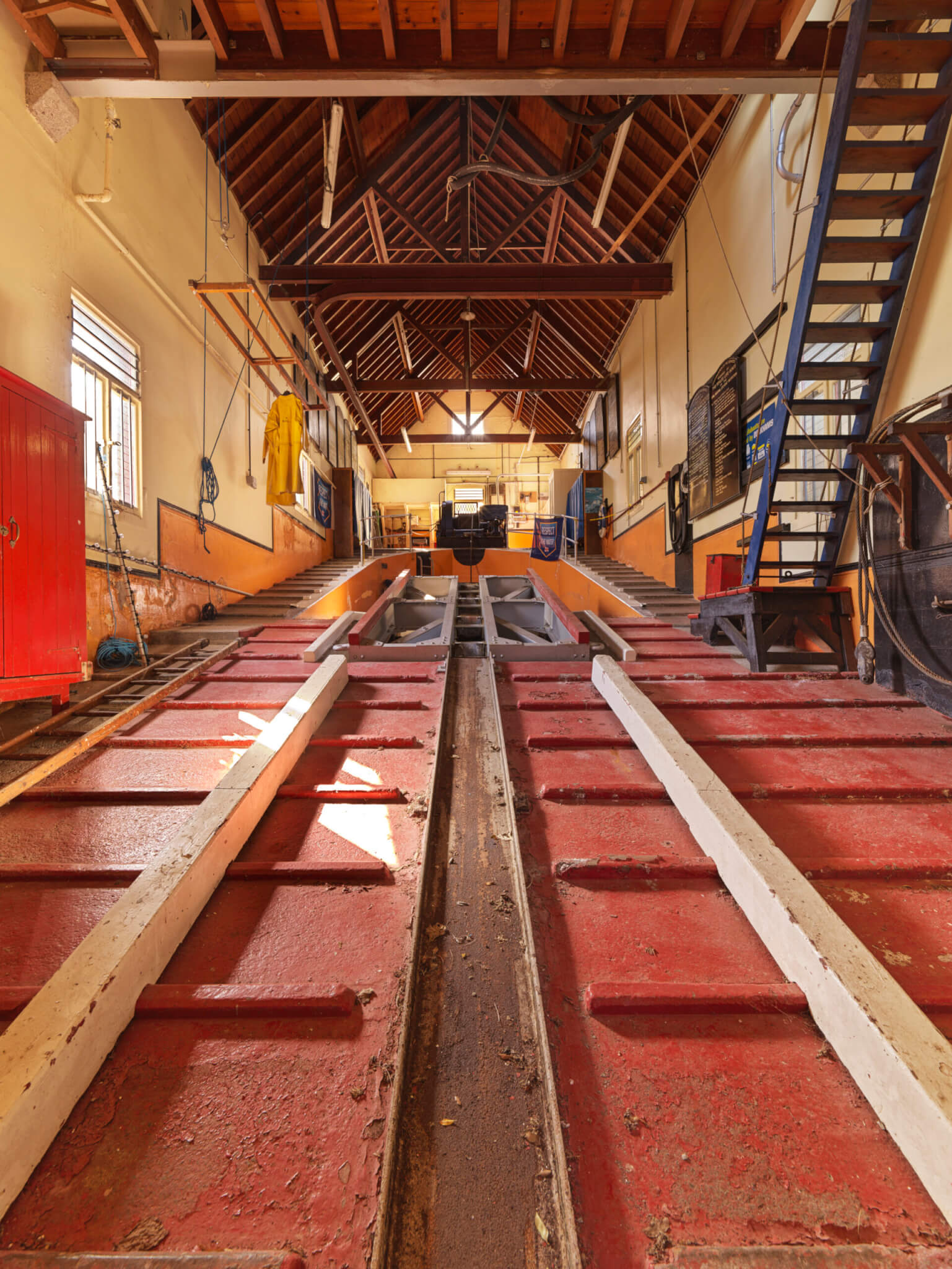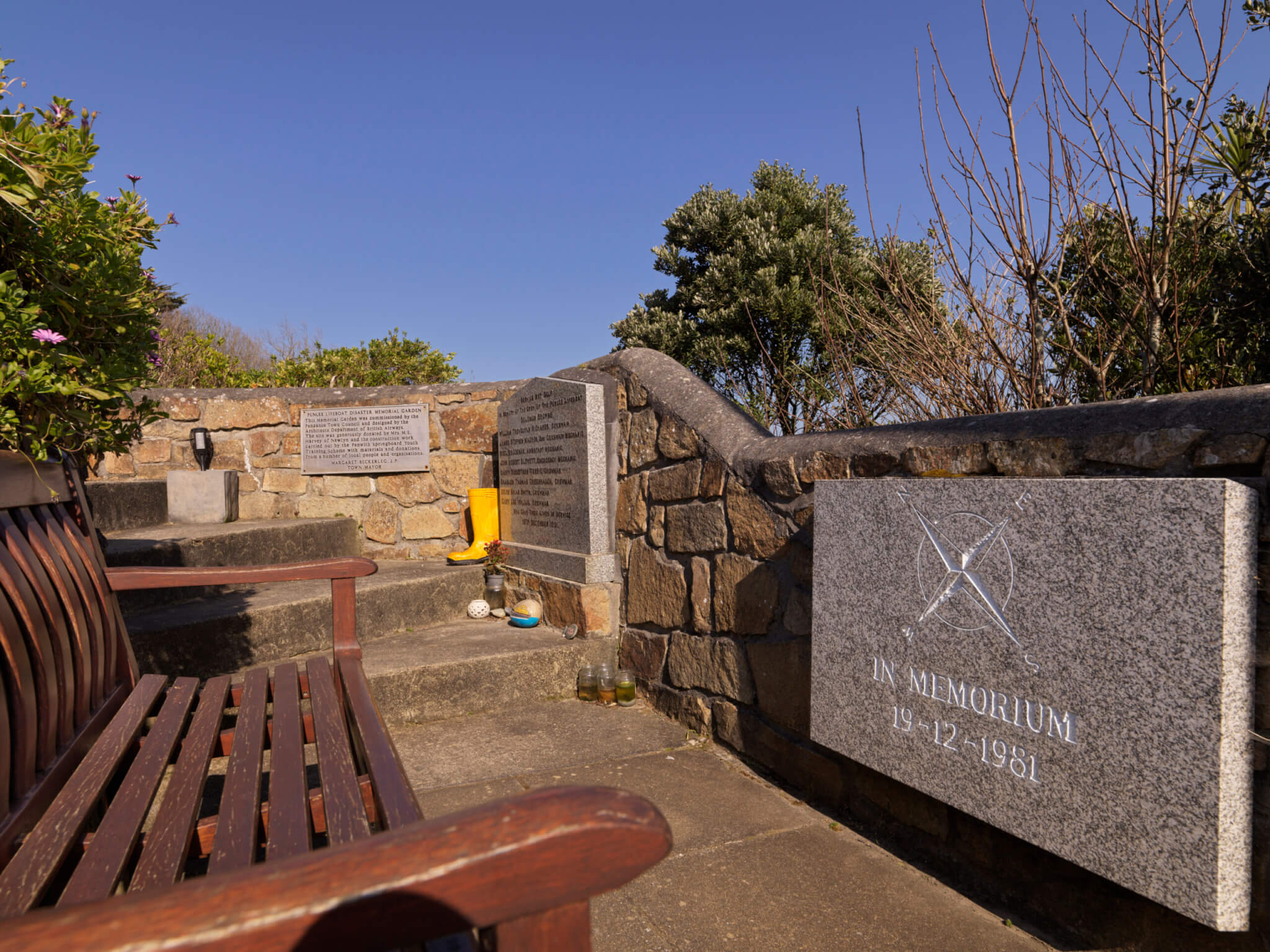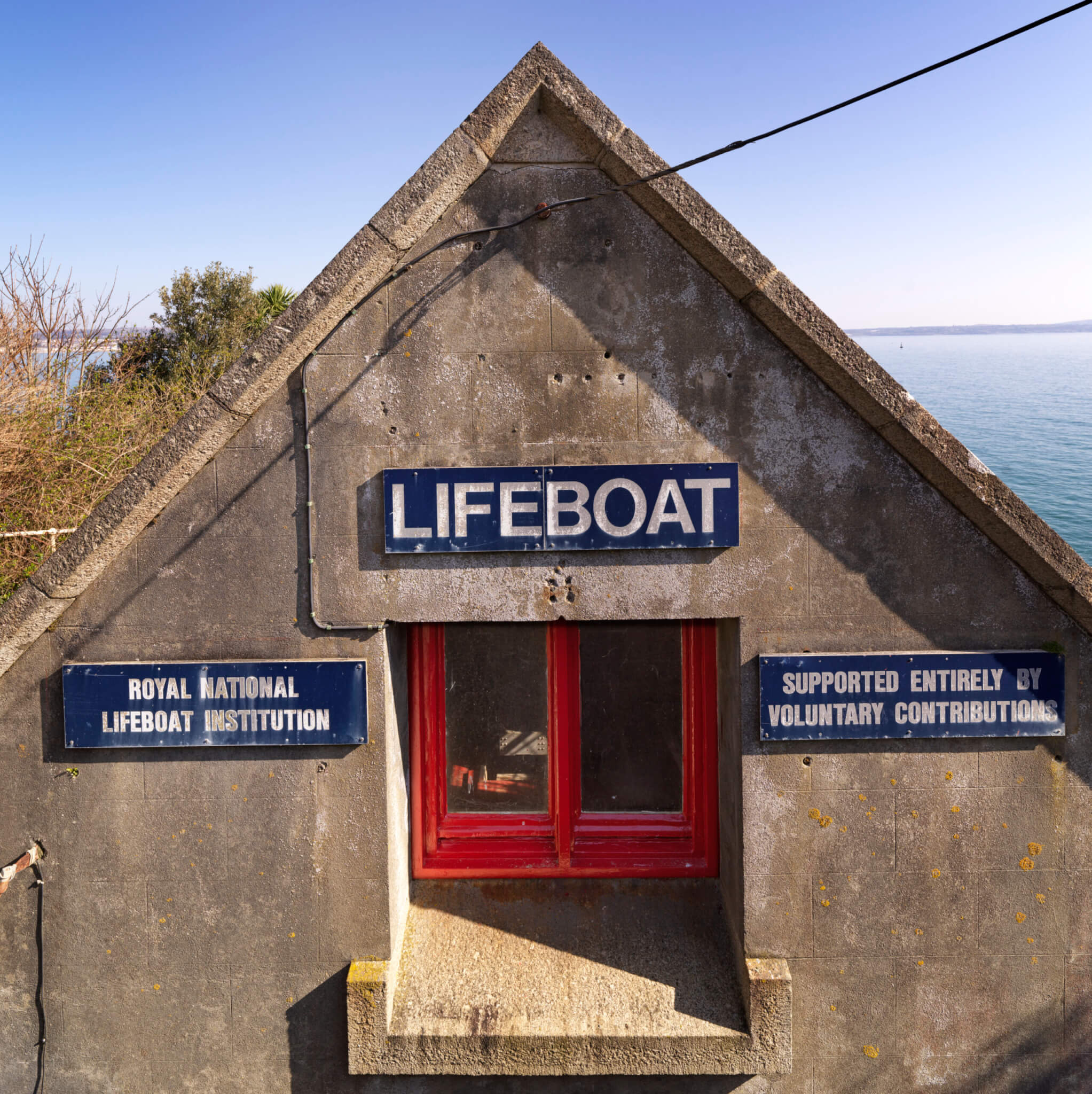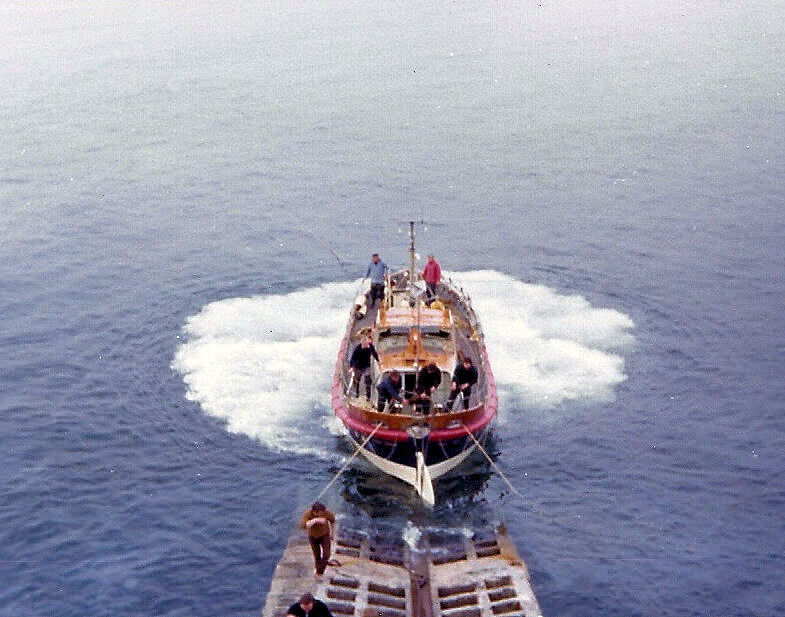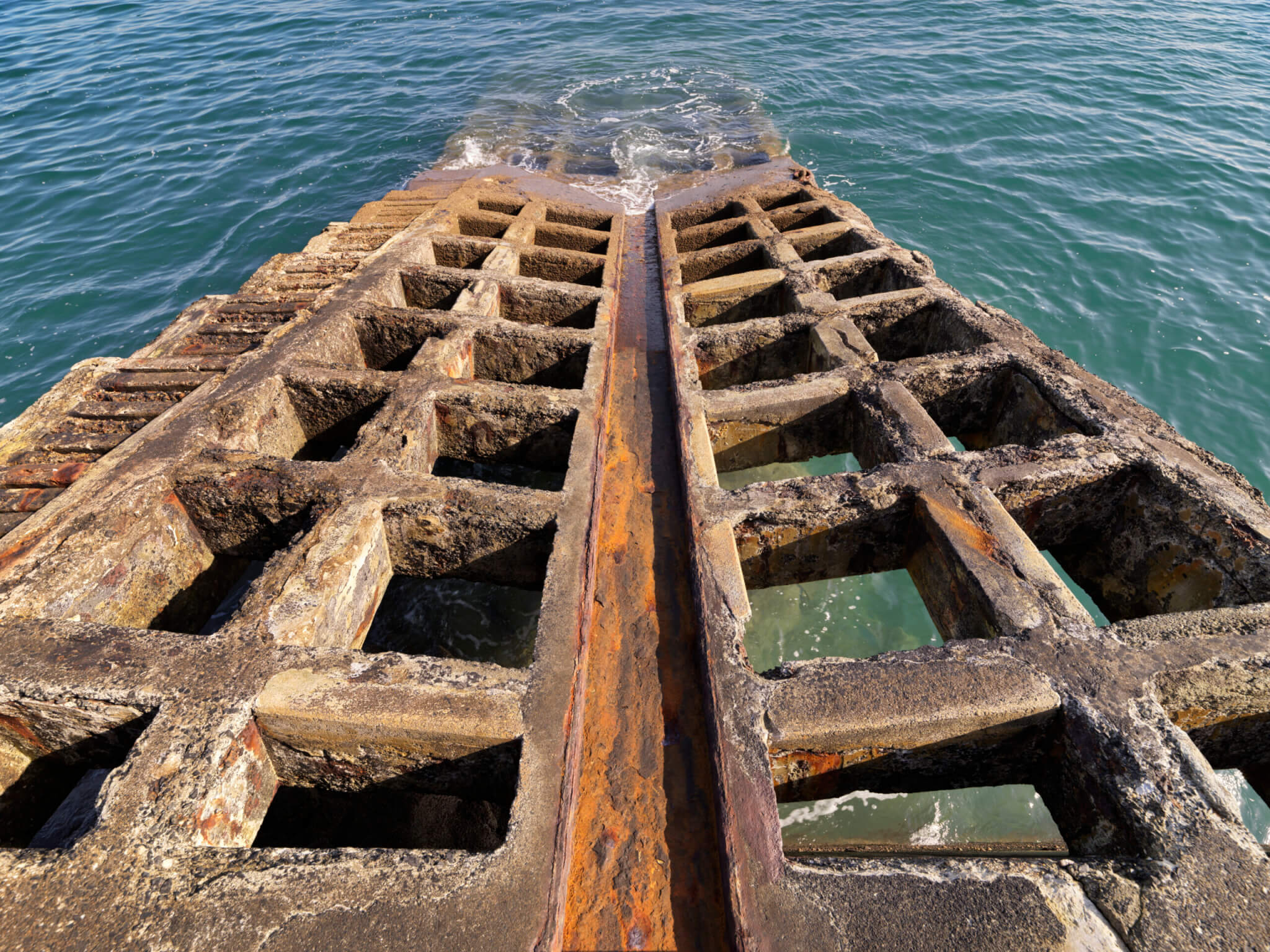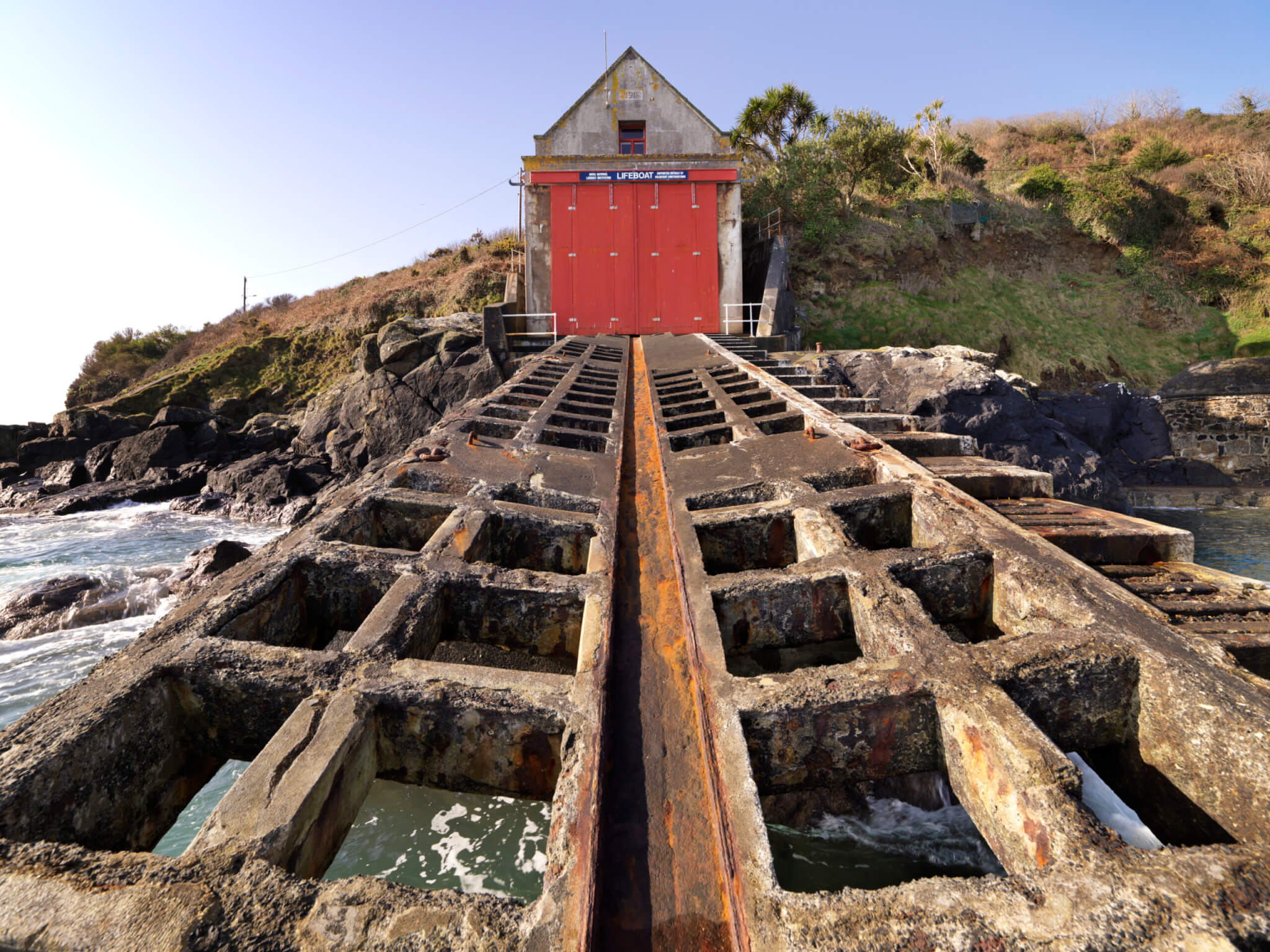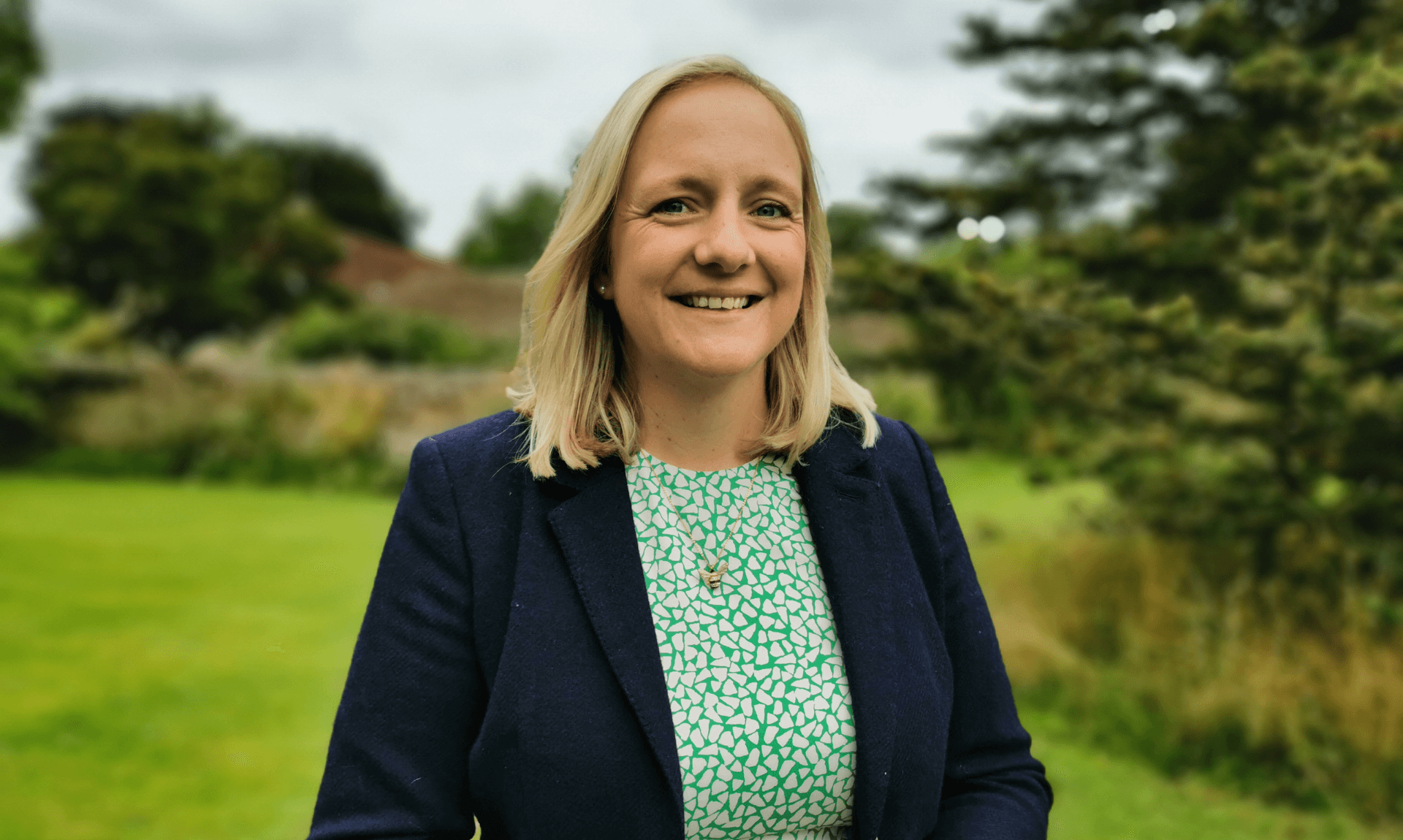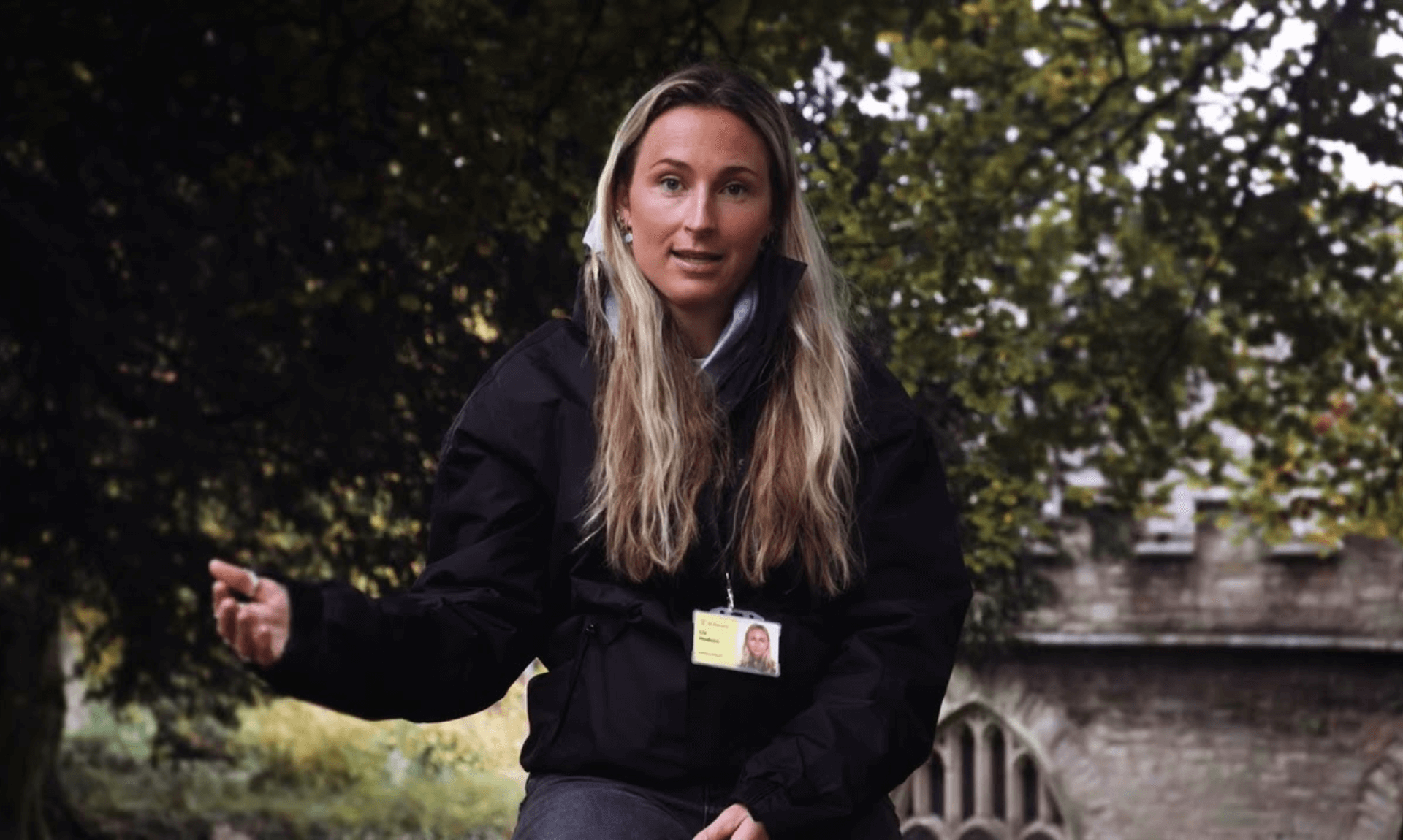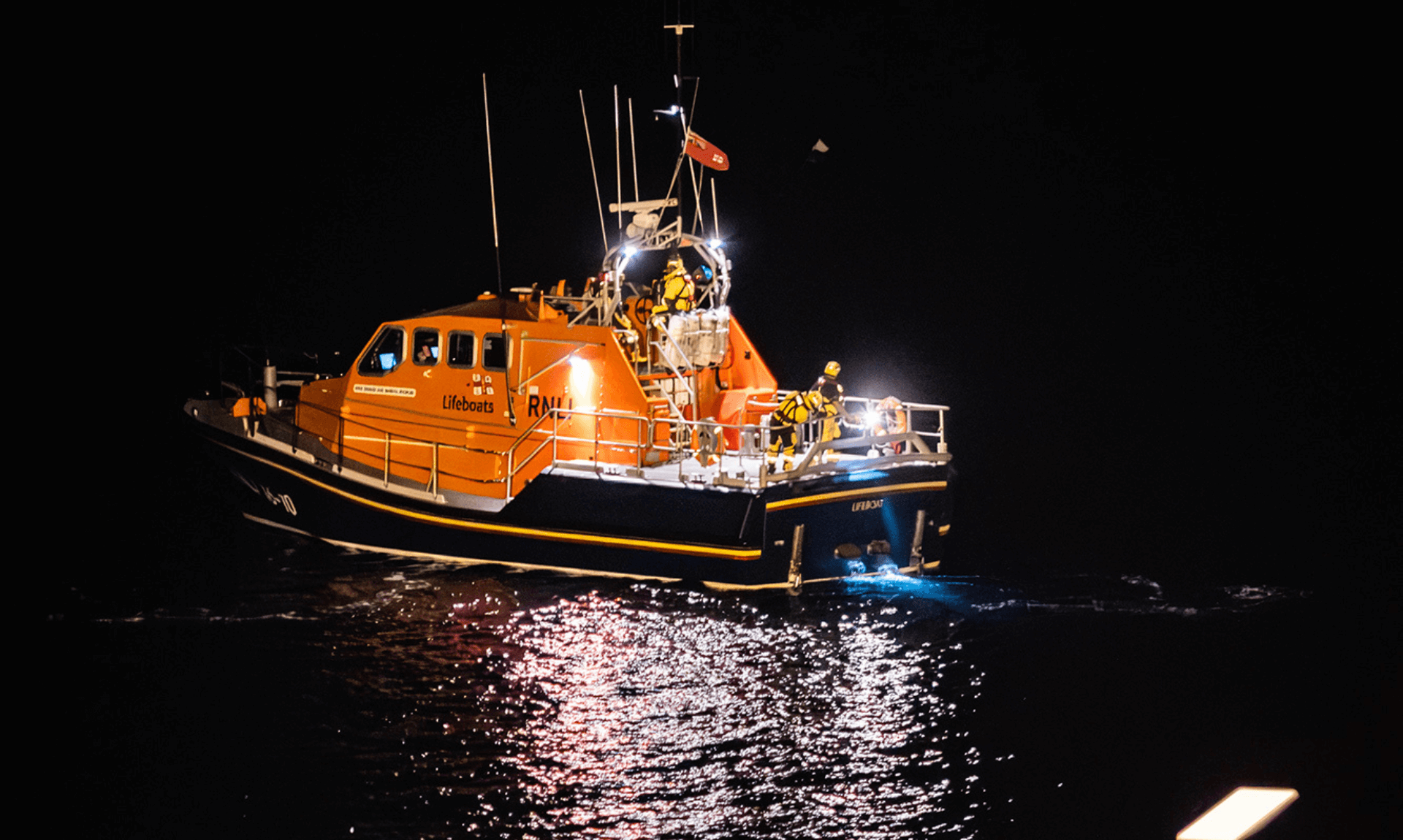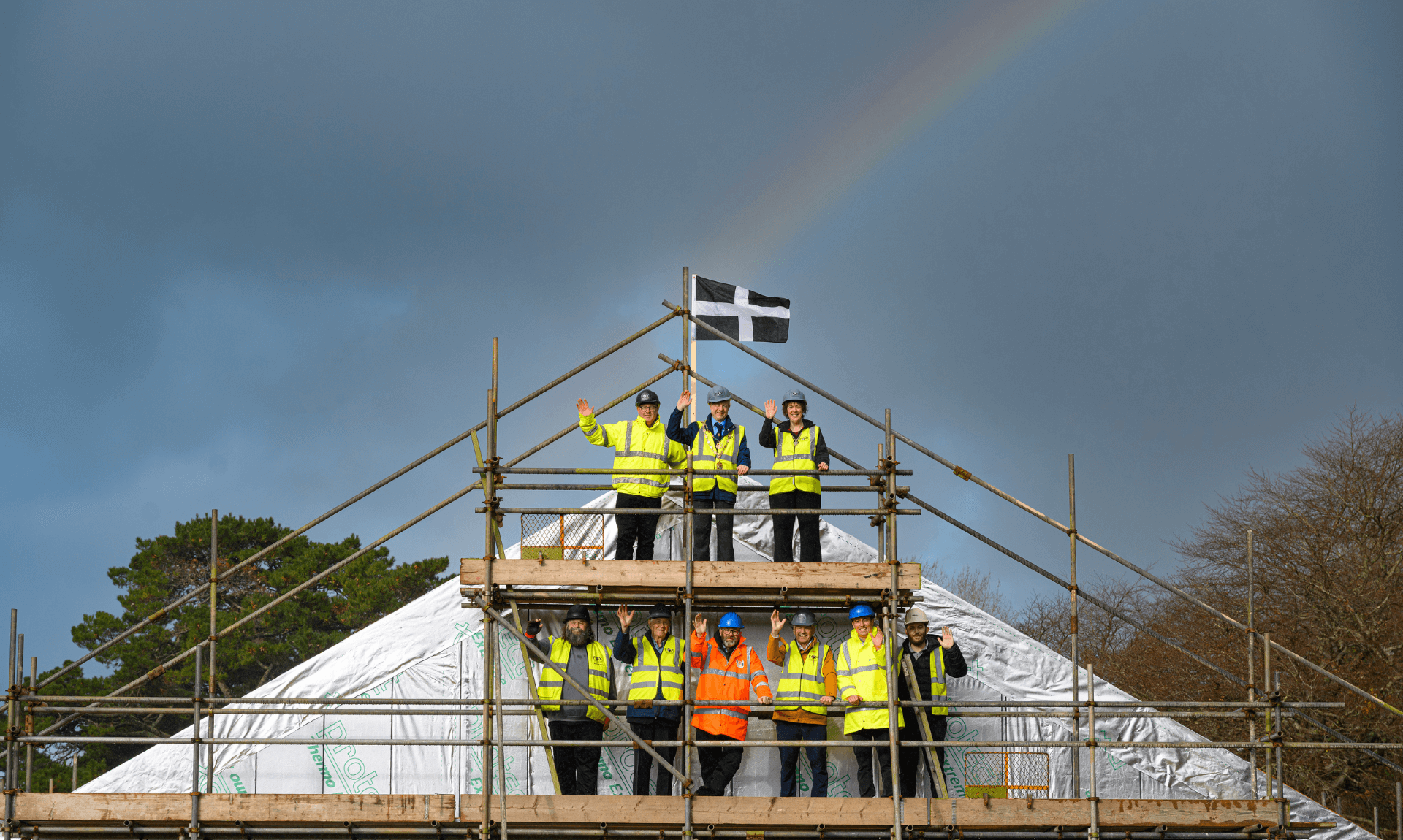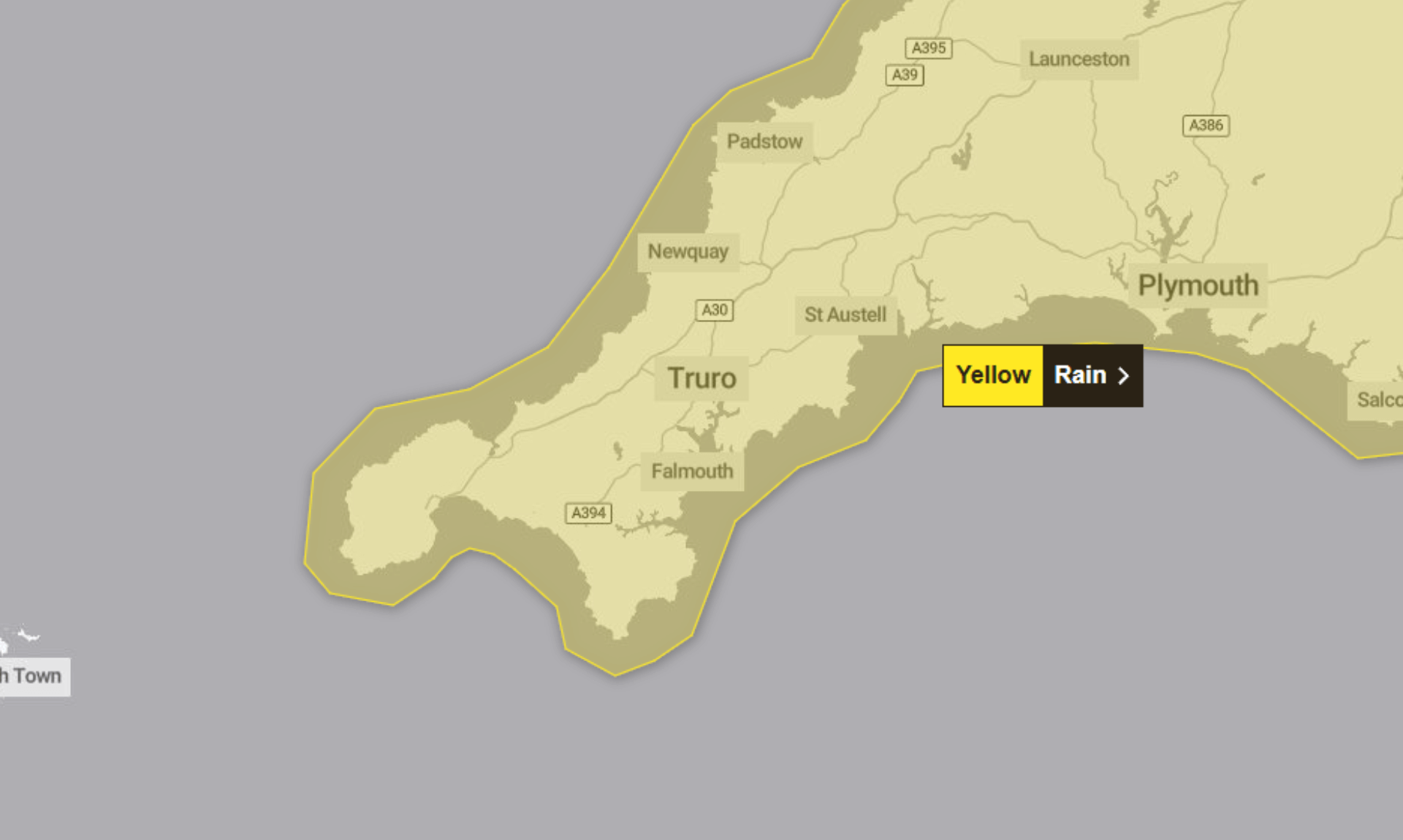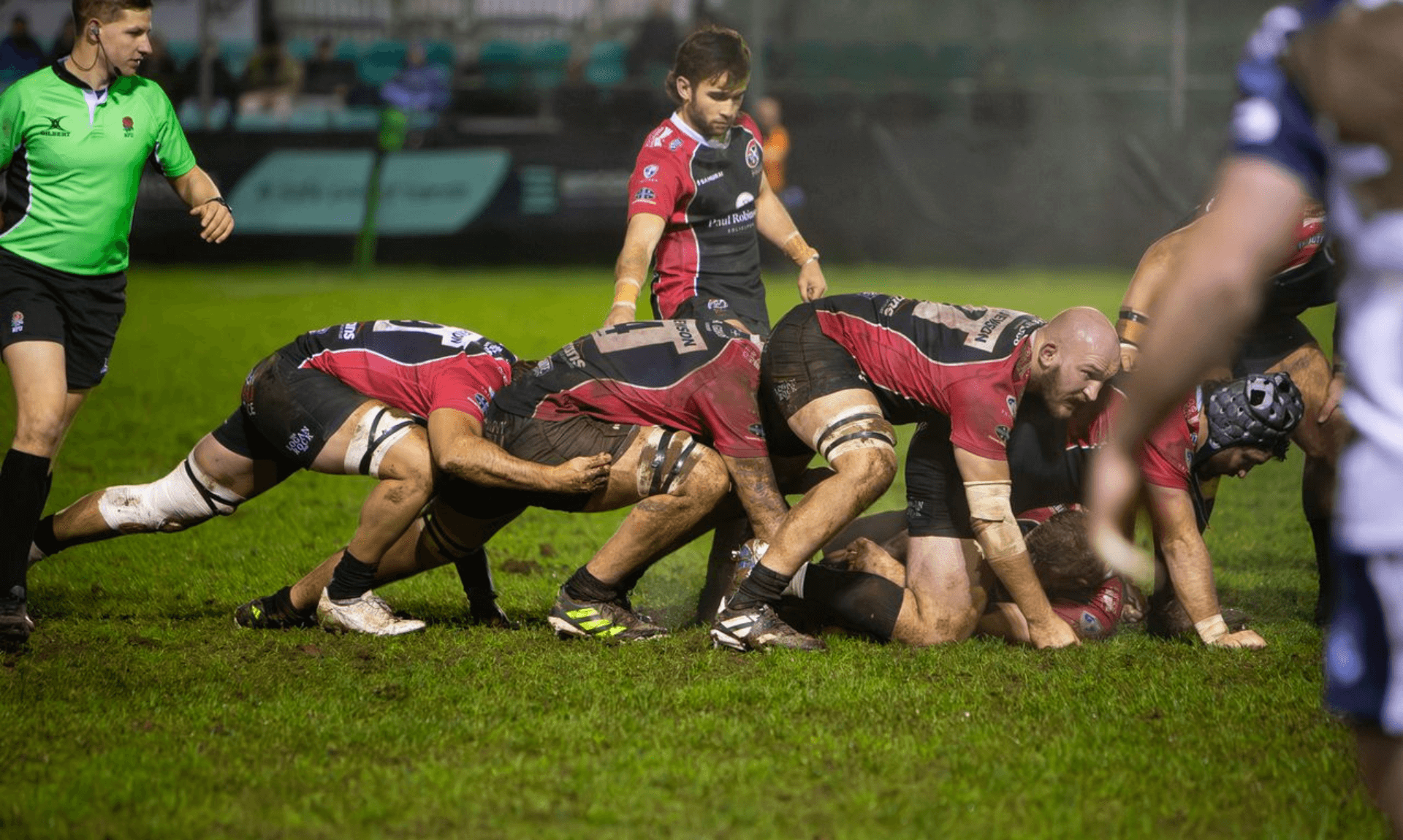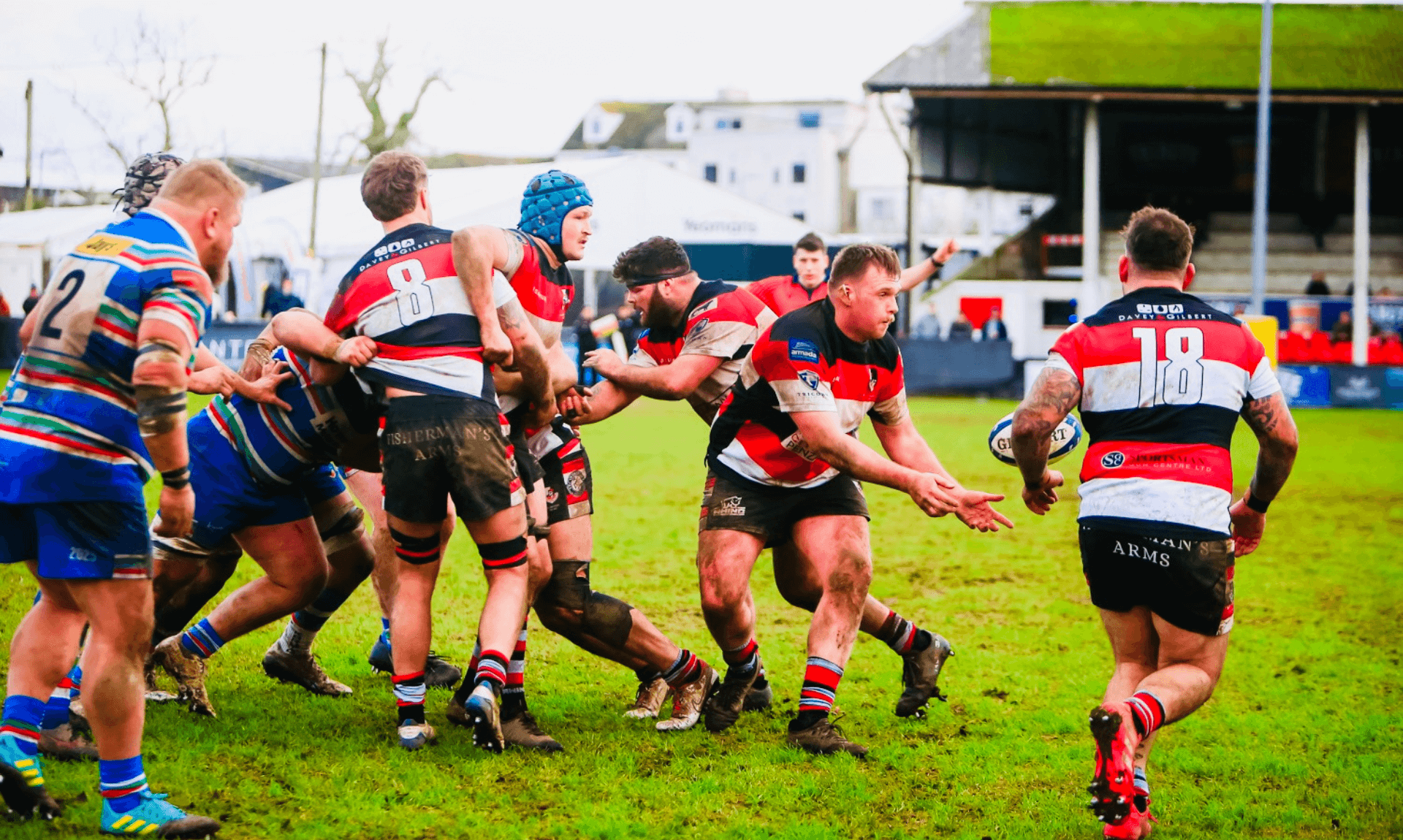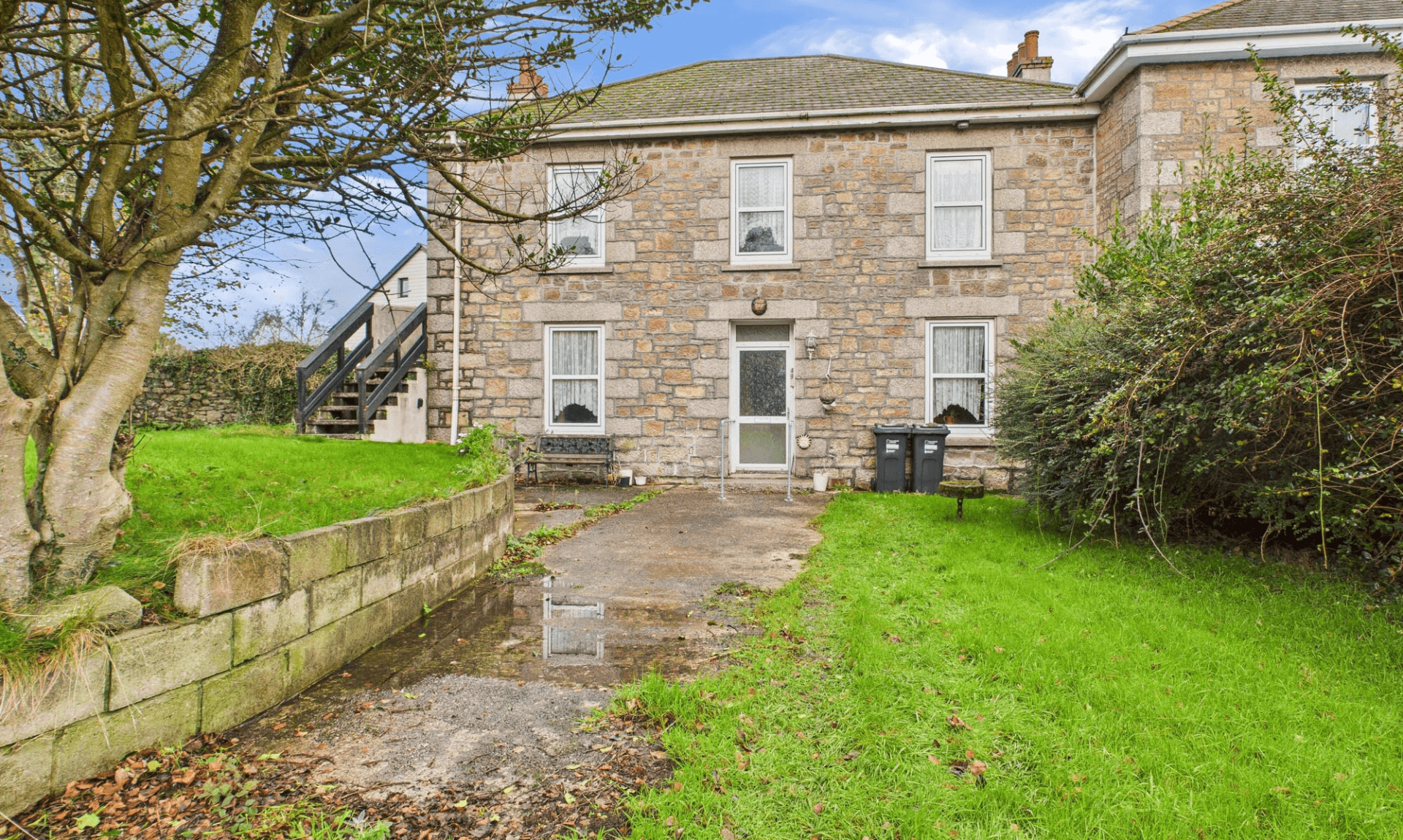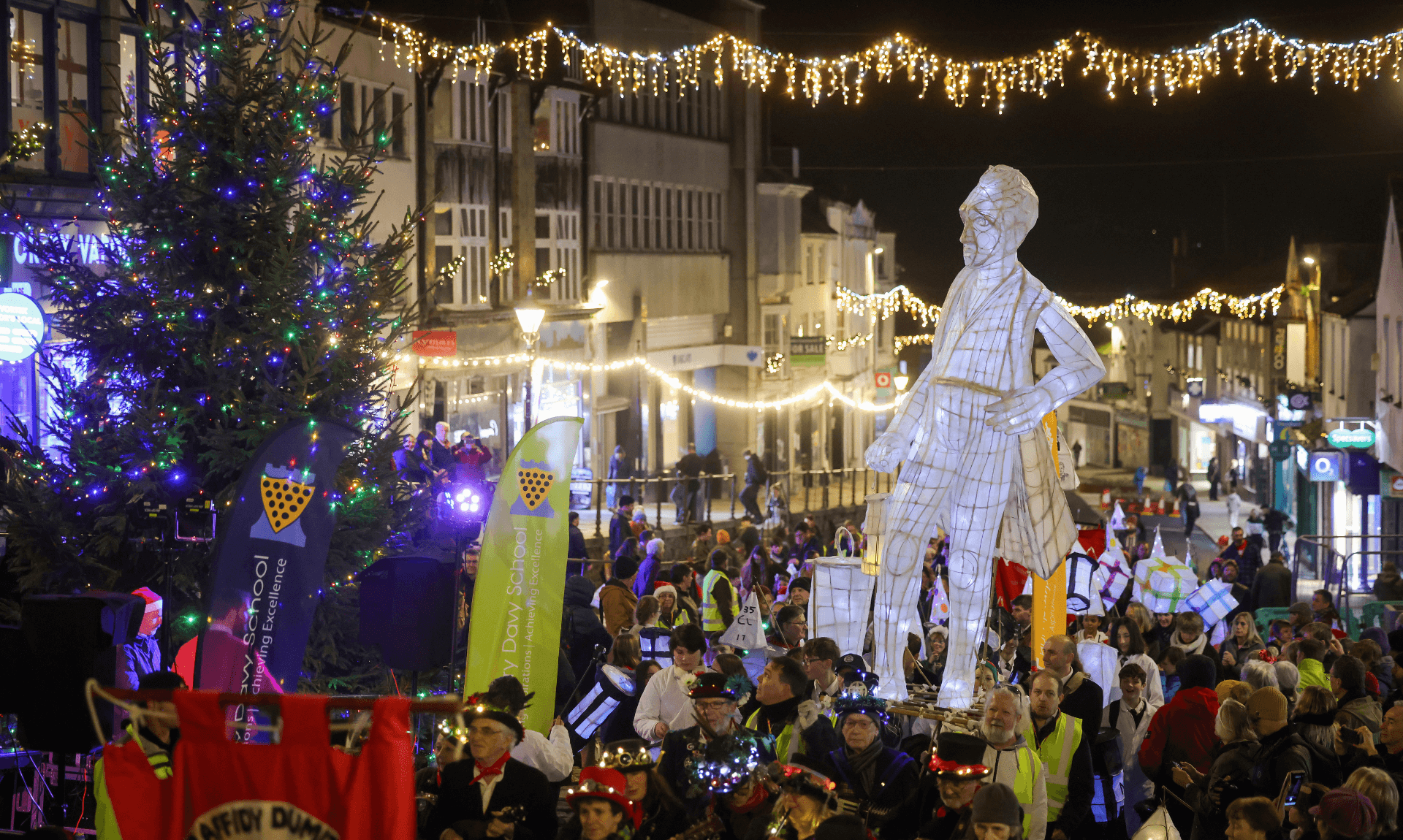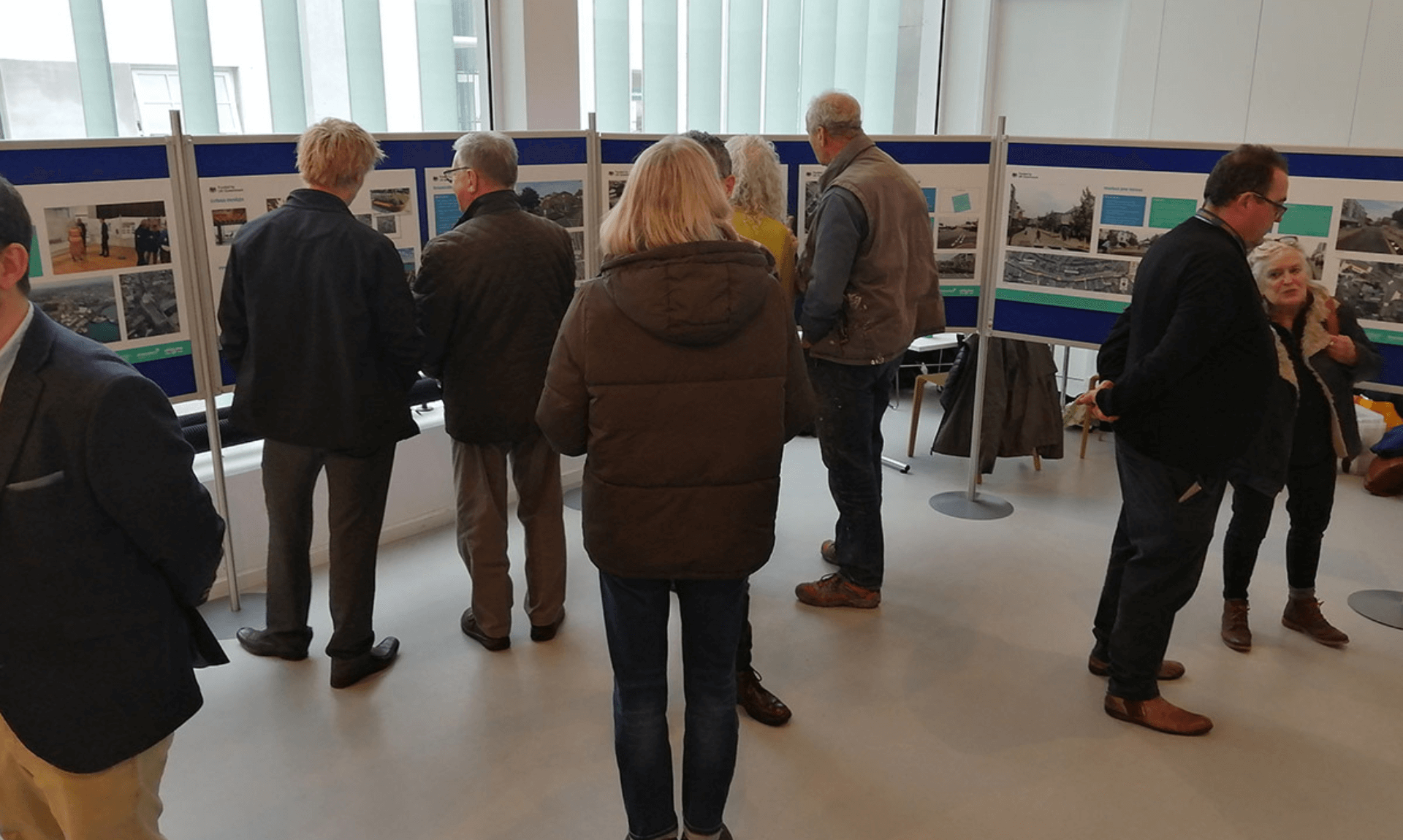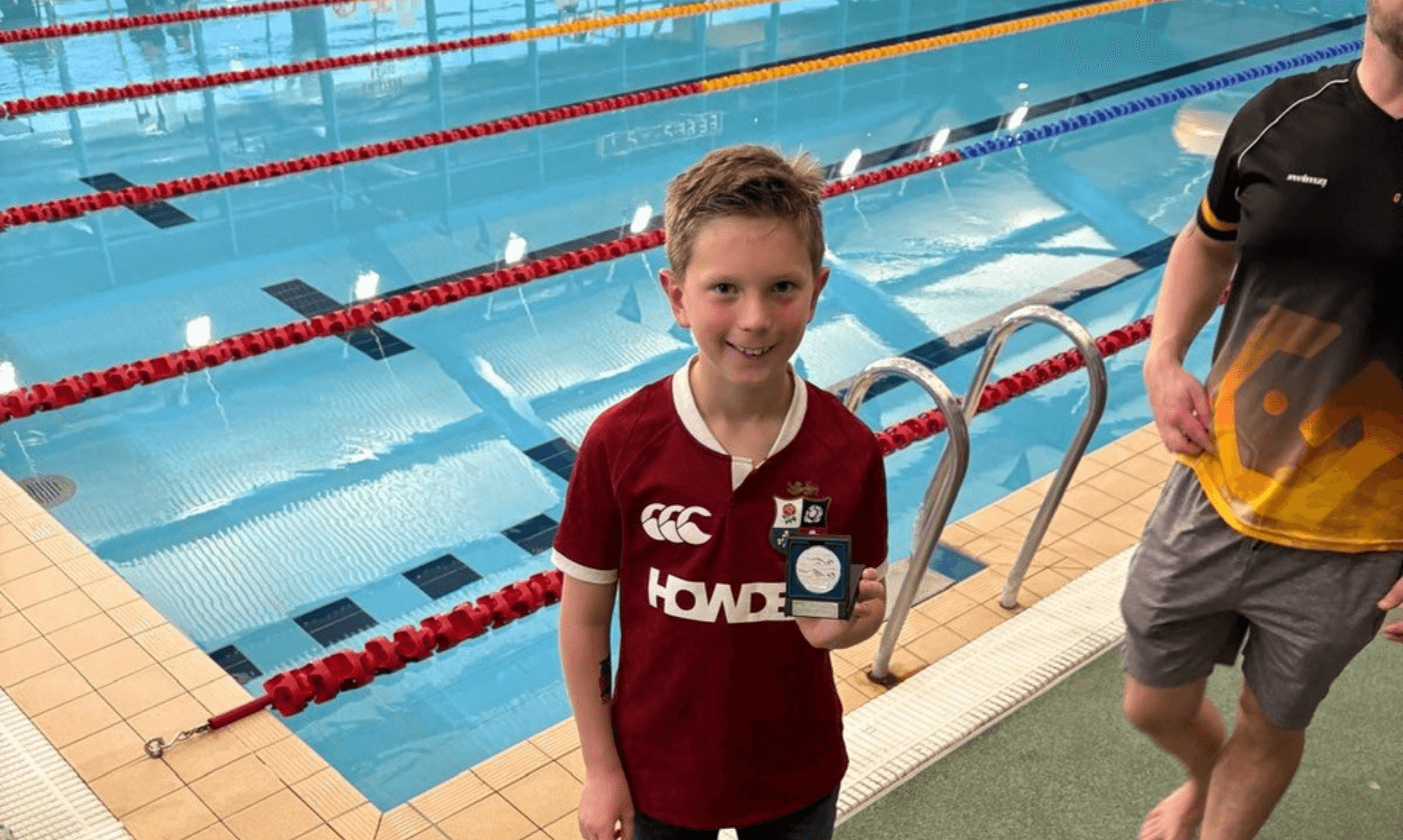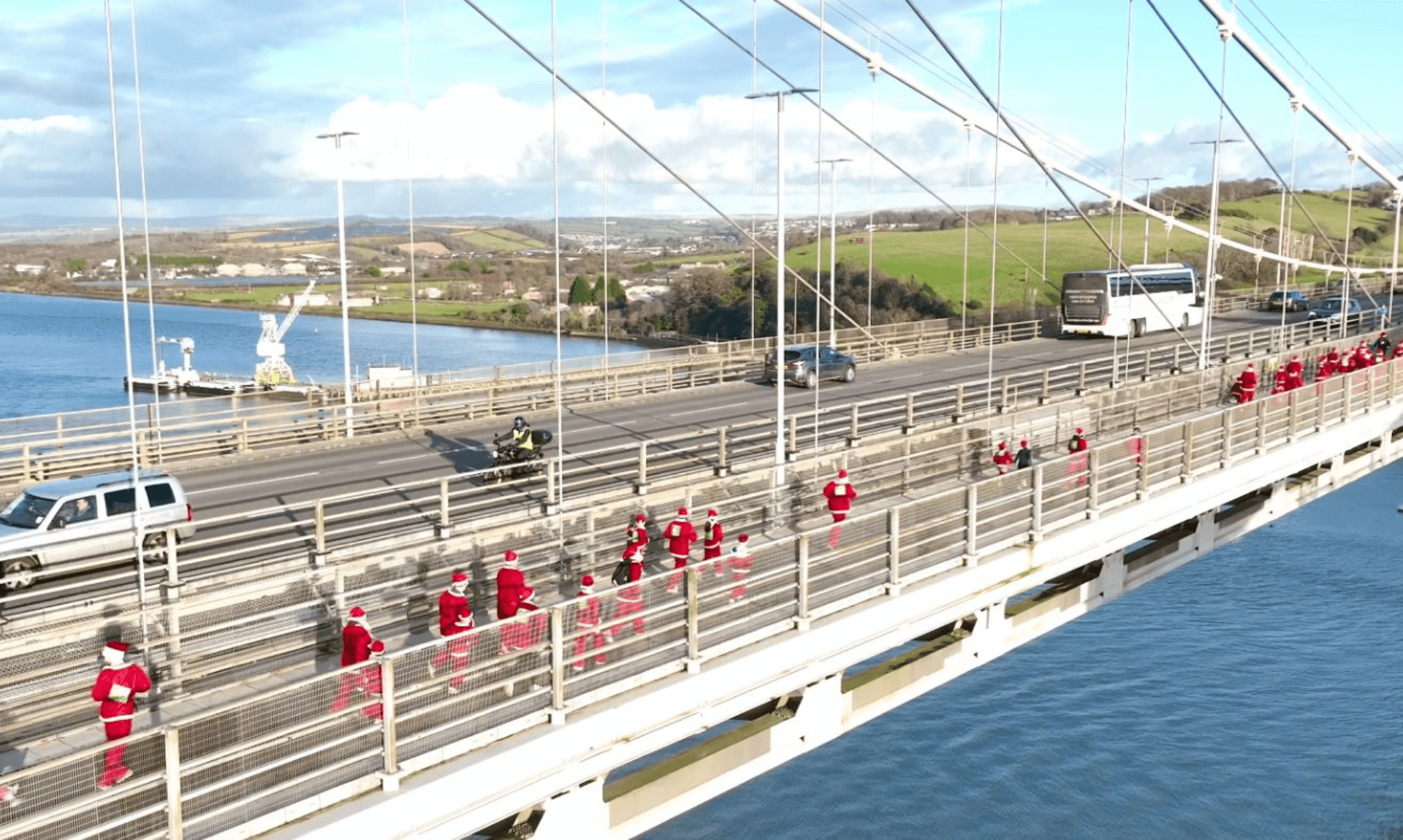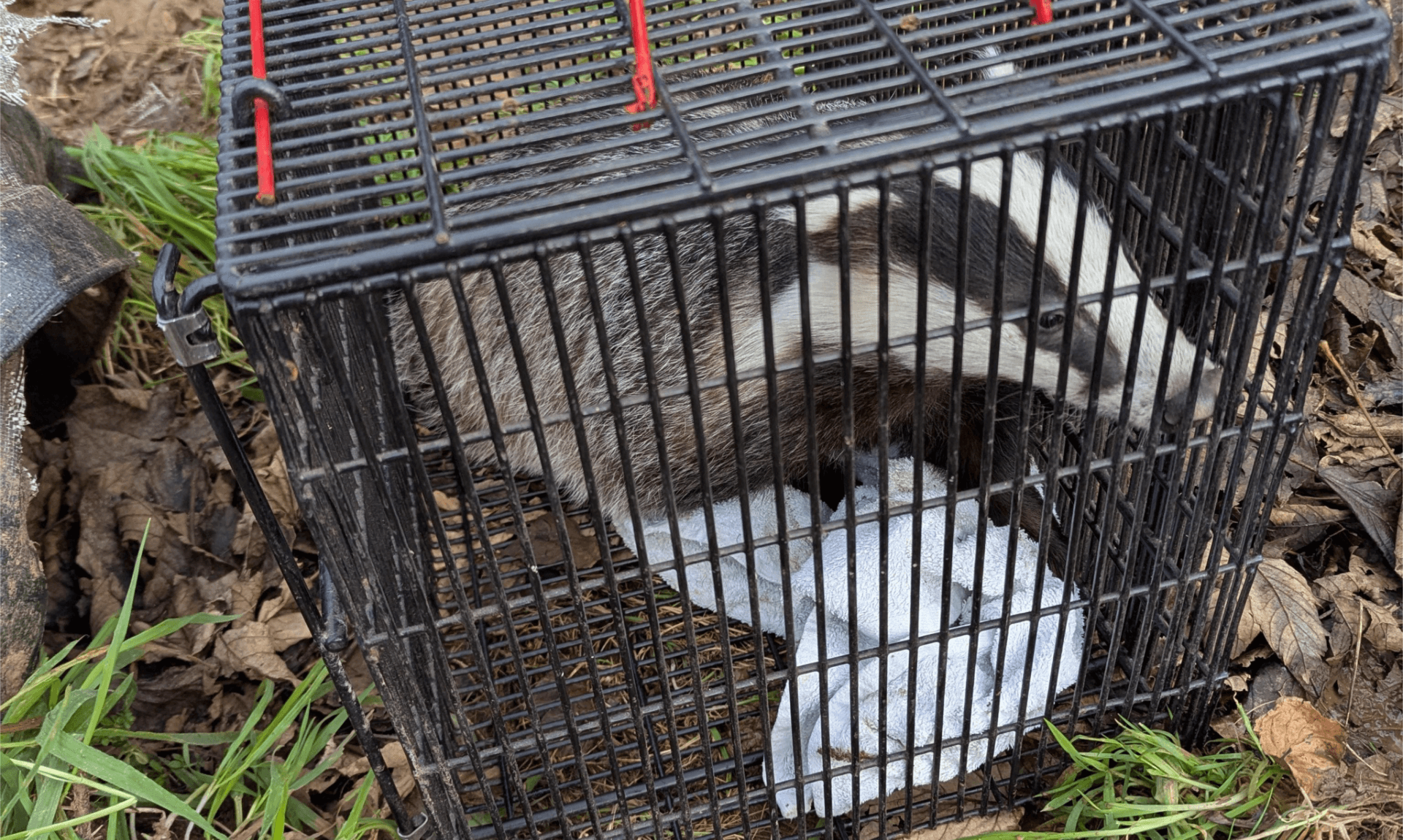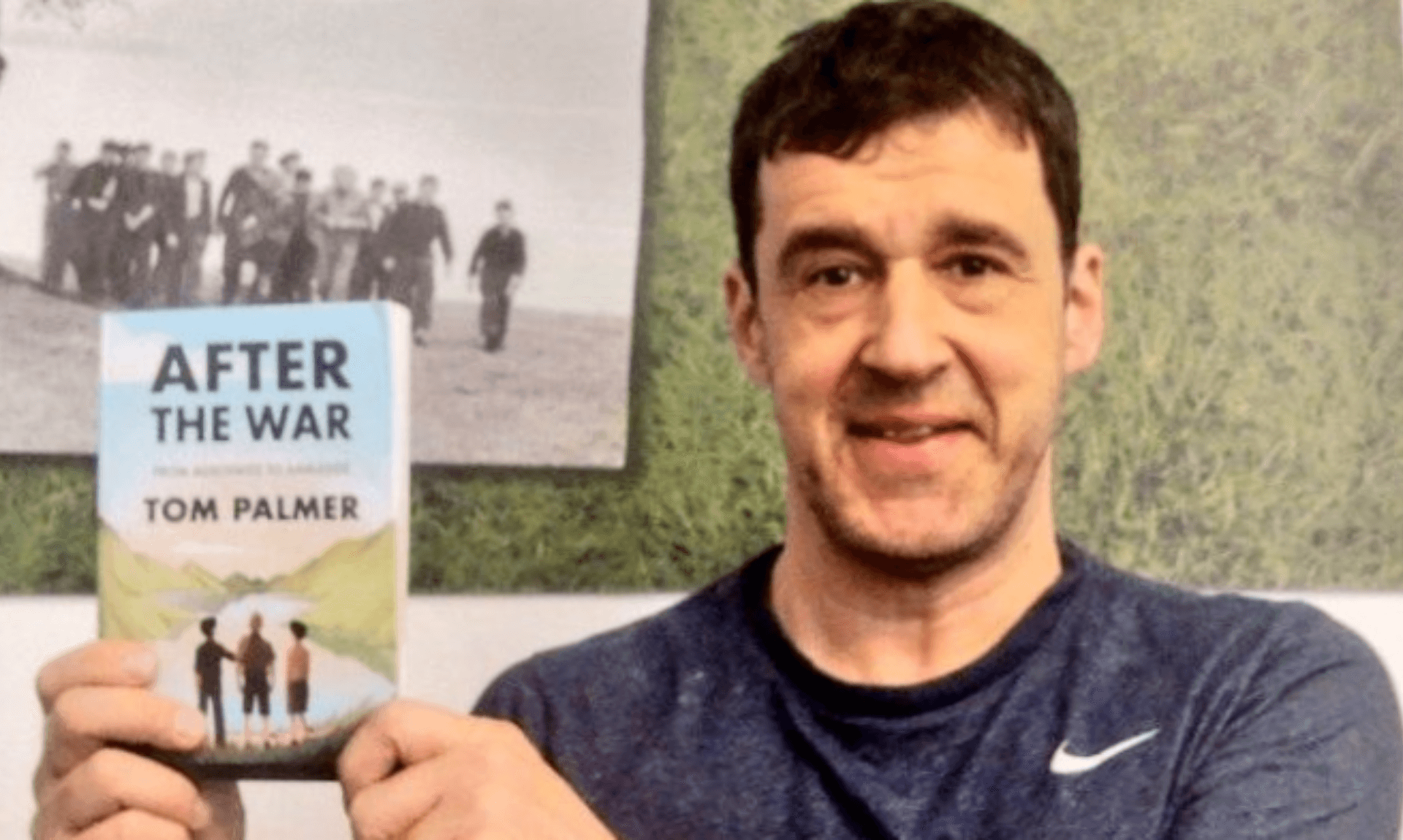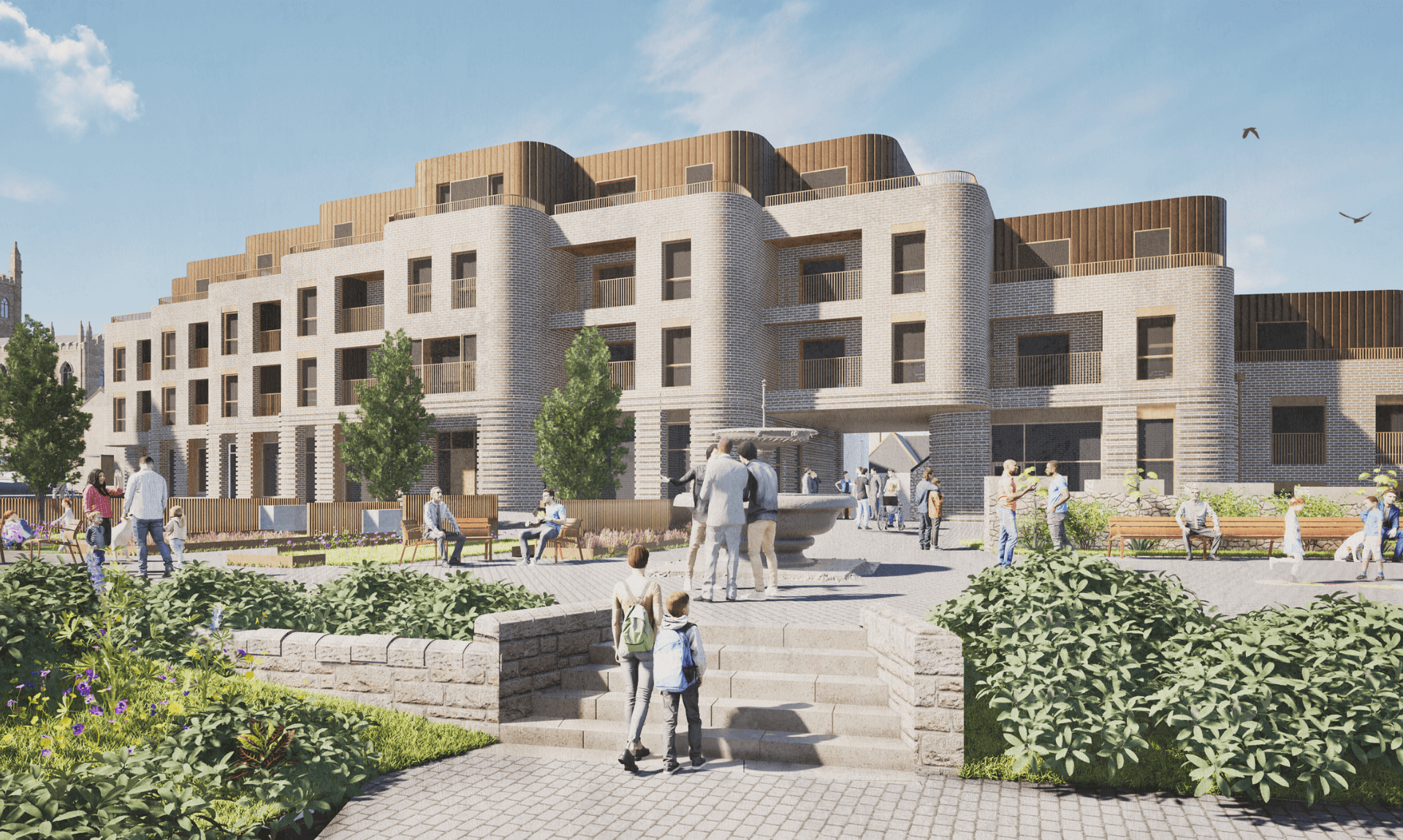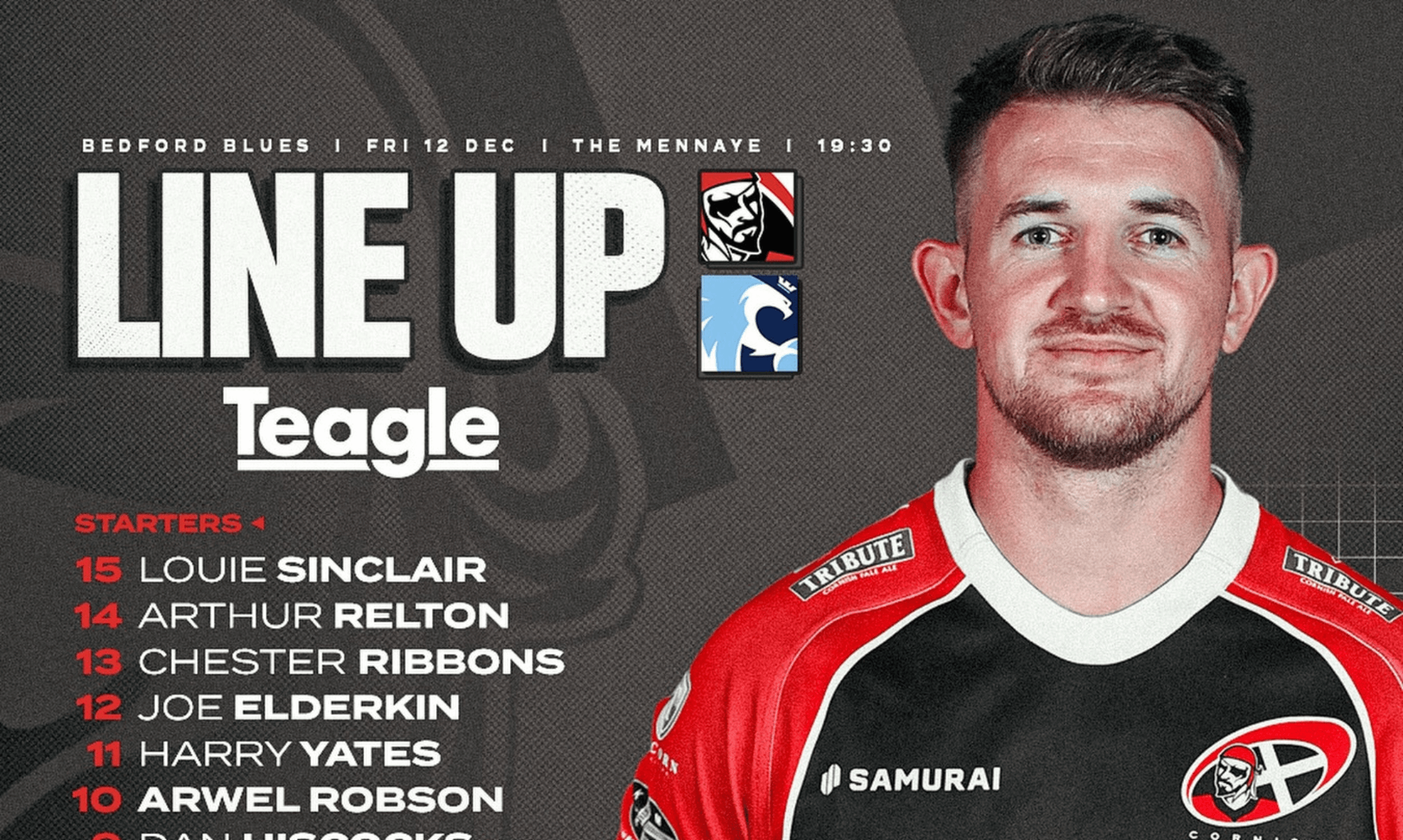200 Years of Heroism: Explore the RNLI’s Lifesaving Legacy with Historic England’s New Interactive Map
Historic England has unveiled an interactive map showcasing historic landmarks associated with the Royal National Lifeboat Institution (RNLI) to commemorate the charity’s 200th anniversary.
This new initiative, part of the Missing Pieces Project, invites the public to contribute their photos, memories, and stories to help complete the narrative of these lifesaving sites.
Two notable sites have been newly listed at Grade II by the Department for Culture, Media and Sport on the advice of Historic England. The Church of St Mary in Cadgwith, Cornwall, and the grave monument to James Gall in Barrow-in-Furness, Cumbria, are now recognised for their significant connections to the RNLI’s heroic history.
New Listings: Honouring Gallantry and Survival
Church of St Mary, Cadgwith

Photo: Church of St Mary, Cadgwith, Cornwall Credit: Historic England
The Church of St Mary in Cadgwith, a small fishing village on the Lizard Peninsula, has been listed for its unique architecture and its link to a major RNLI event. Built in 1898, St Mary’s served the local community as a mission church. The first vicar, Reverend Henry Vyvyan, was a distinguished honorary secretary of the RNLI. He played a crucial role in the rescue of 227 survivors from the White Star liner Suevic in 1907, the largest rescue in RNLI history. Reverend Henry received the RNLI Silver Medal for Gallantry for his efforts.
Grave Monument to James Gall, Barrow-in-Furness

Photo: Grave Monument to James Gall, Barrow Cemetery, Barrow-in-Furness, Cumbria – Credit: Historic England
James Gall was the last survivor of the SS Forfarshire, famously rescued by Victorian heroine Grace Darling. In 1838, Grace, along with her father, braved stormy seas to save five survivors from the wreck. Gall’s monument features a ten-foot-tall lighthouse sculpture, commemorating the remarkable rescue and the enduring legacy of Grace’s bravery, which even captured the attention of Queen Victoria.
Interactive Map: Discover RNLI Landmarks
The new interactive map by Historic England highlights a variety of RNLI-connected sites around England’s coastline. These include former lifeboat stations, memorials, churches, and donation boxes, each with a unique story to tell.
Zetland Lifeboat Museum, Redcar
Home to the world’s oldest surviving lifeboat, the Zetland, this museum in North Yorkshire showcases a lifeboat that saved over 500 lives during its 78-year service.
Old Lifeboat Station, Rye Harbour
This station is remembered for the tragic loss of the entire crew in 1928, a catastrophe that decimated the local fishing community.
Albert Memorial, Manchester
Site of the first ‘Lifeboat Saturday’ RNLI fundraising event, this memorial in Manchester marked the world’s first recorded charity street collection.
‘Never Turn Back’ Pub, Caister-on-Sea
Named after the Caister lifeboat tragedy in 1901, this pub in Norfolk commemorates the event where nine lifeboatmen lost their lives, inspiring the enduring RNLI motto, ‘Never Turn Back.’
Watch Tower Studio and Former Lifeboat Shed, Looe
Established in 1866, this lifeboat shed in Cornwall was described as “somewhat ornamental” and featured a tower that served as a reading room for pilots and fishermen.
Fish Collection Box, Robin Hood’s Bay
Erected in 1887, this is possibly the oldest RNLI collecting box still in service.
Historic Photographs: A Glimpse into the Past
The RNLI has shared rarely seen photographs from its archive, illustrating the charity’s rich history. These images depict volunteer lifeboat crews and historic lifeboat stations, bringing the past to life and highlighting the bravery of those who risked their lives at sea.
Share Your Story: Contribute to the RNLI Legacy
Historic England and the RNLI are inviting the public to contribute their photos, memories, and information to the Missing Pieces Project. By sharing personal stories and snapshots, individuals can help enrich the narrative of the RNLI’s lifesaving history.
Hayley Whiting, RNLI’s Heritage Archive and Research Manager, emphasised the importance of public contributions, stating, “We hope many members of the public will now be inspired to go online to the Missing Pieces Project and add their own contributions, to really help bring to life the stories, history and character of these significant sites.”
Duncan Wilson, Chief Executive of Historic England, added, “This fascinating collection of historic sites tell the stories of the men, women, and communities who have made our seas safer over the past two hundred years. Their dedication, bravery, and sacrifice have helped to save so many lives and their stories inspire us.”
How to Participate
To contribute to the RNLI story, visit the Missing Pieces Project website. Whether you have a family connection to the RNLI, know a local sea shanty, or have historical photos, your unique perspective can help complete the picture of these historic places. Share your photos, stories, and memories to help celebrate the RNLI’s 200 years of saving lives at sea.
Photos Of The Church of St Mary, Cadgwith, Cornwall
Other Photos In Cornwall From The Missing Pieces Project
Share This Story, Choose Your Platform!
To keep up with the latest cornish news follow us below
Follow CornishStuff on Facebook - Like our Facebook page to get the latest news in your feed and join in the discussions in the comments. Click here to give us a like!
Follow us on Twitter - For the latest breaking news in Cornwall and the latest stories, click here to follow CornishStuff on X.
Follow us on Instagram - We also put the latest news in our Instagram Stories. Click here to follow CornishStuff on Instagram.
You Might Also Be Interested In
Don’t Miss What’s Happening in Cornwall
Join others in Cornwall by receiving the latest daily news in Cornwall, sent direct to your inbox.

